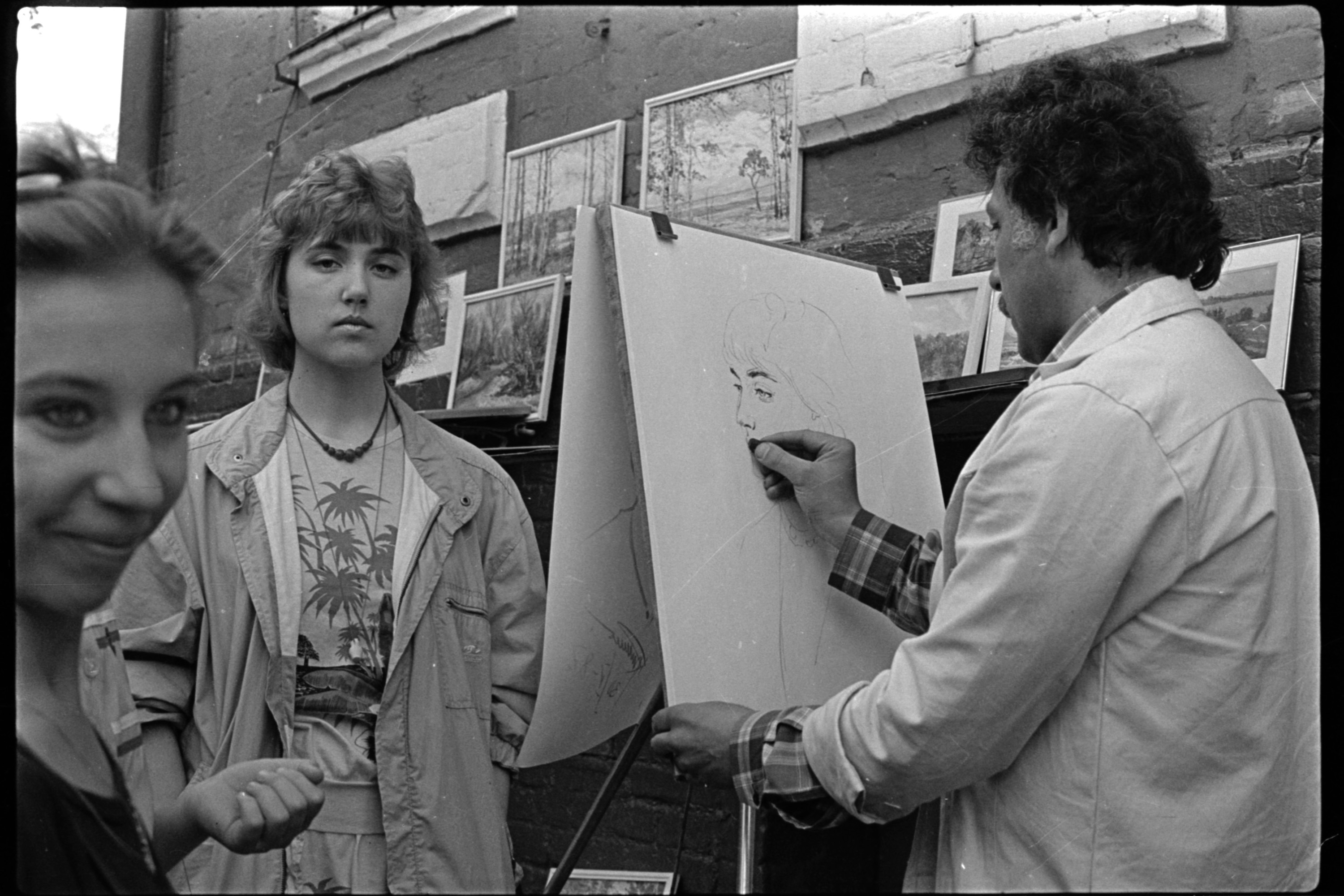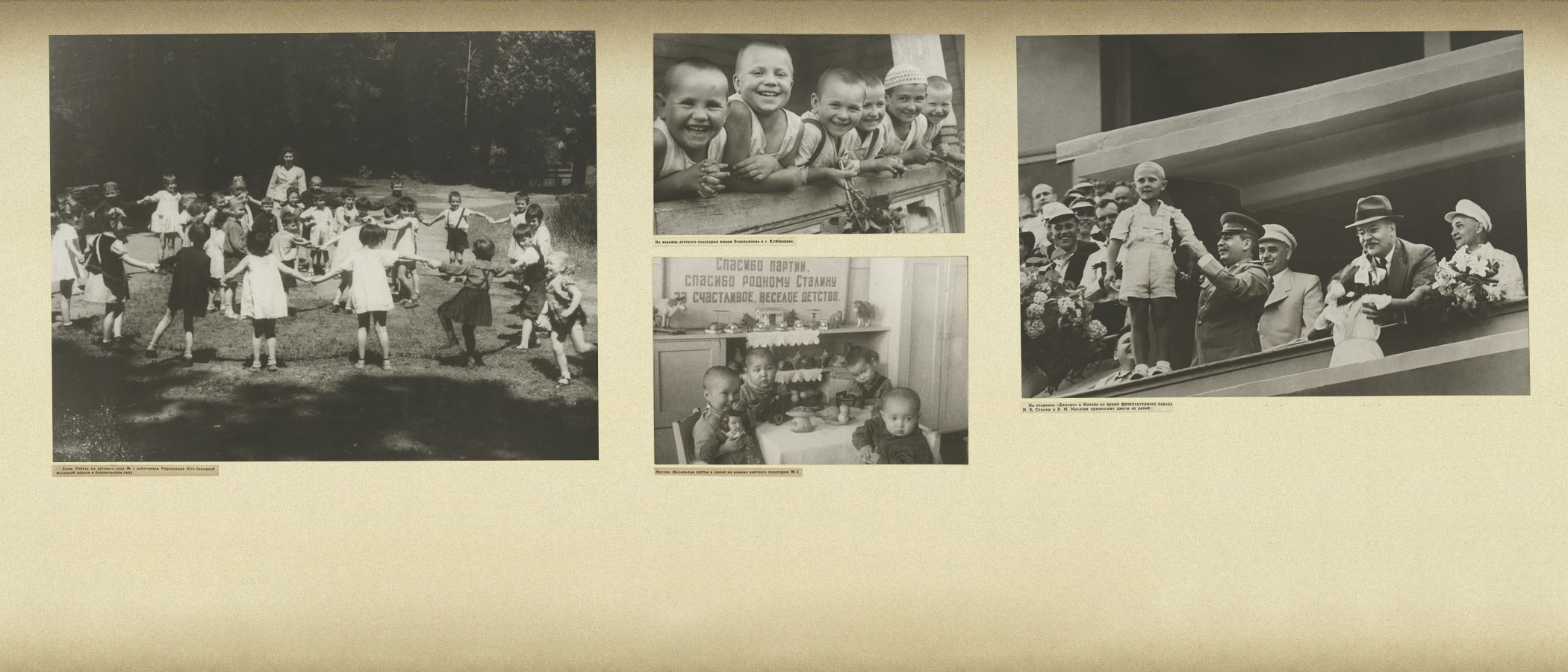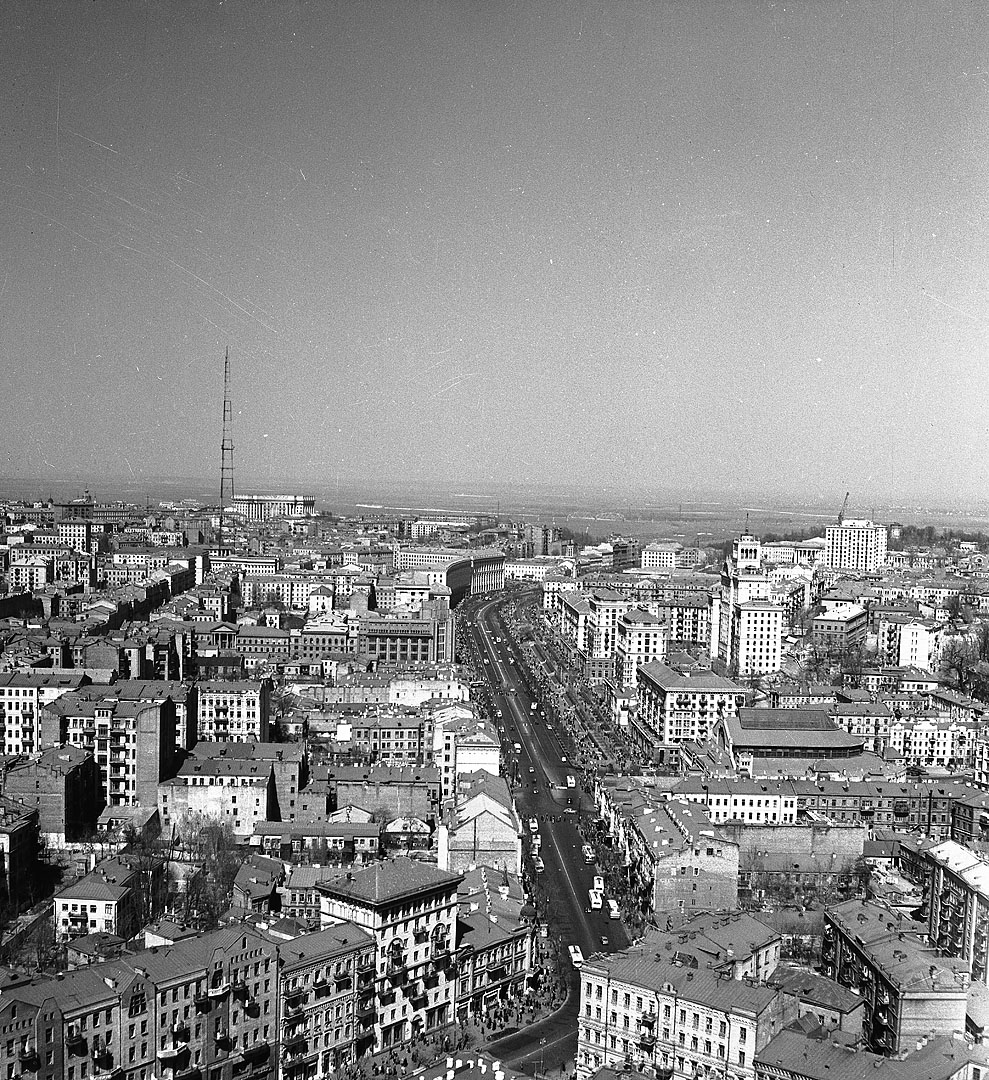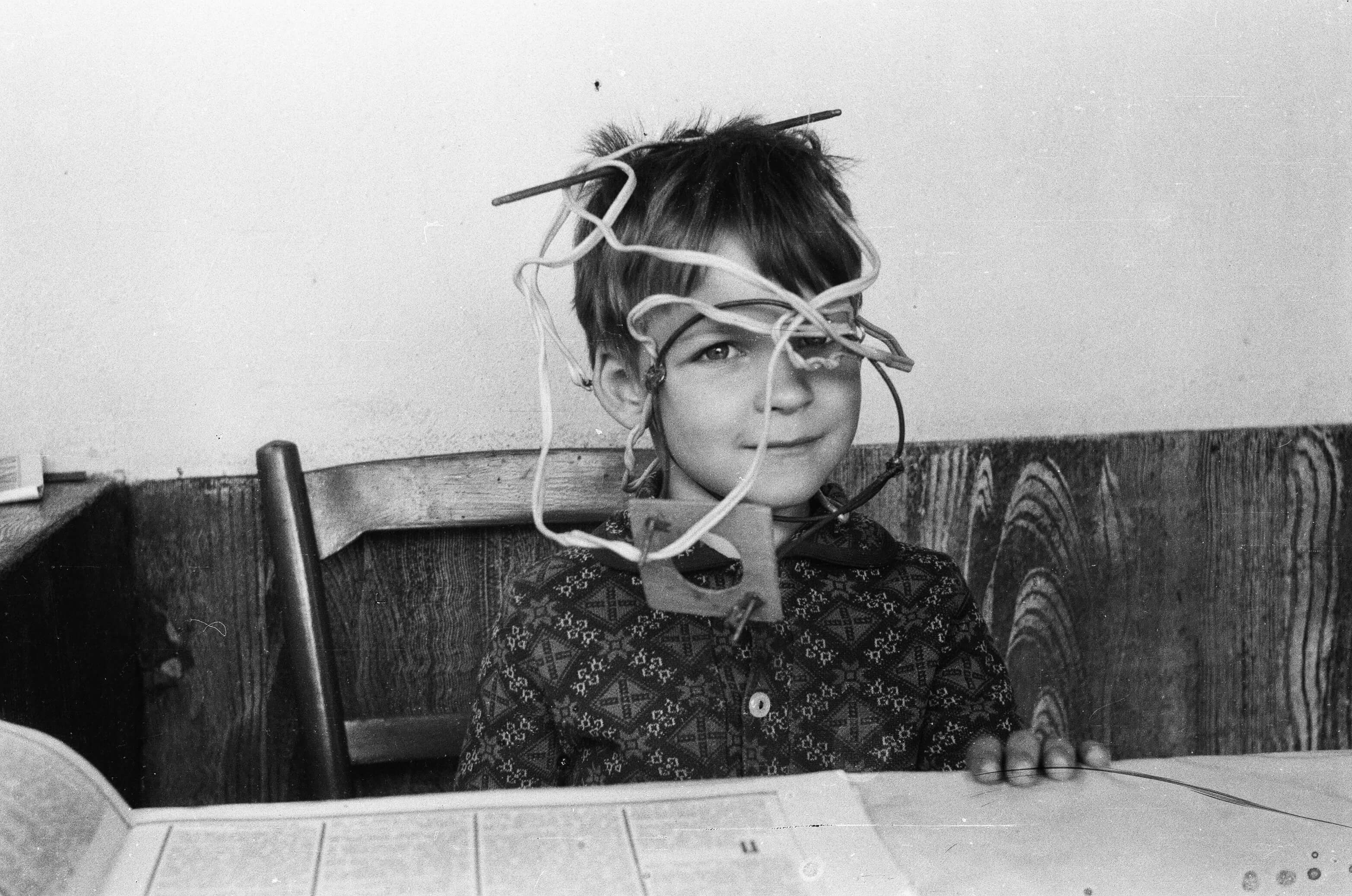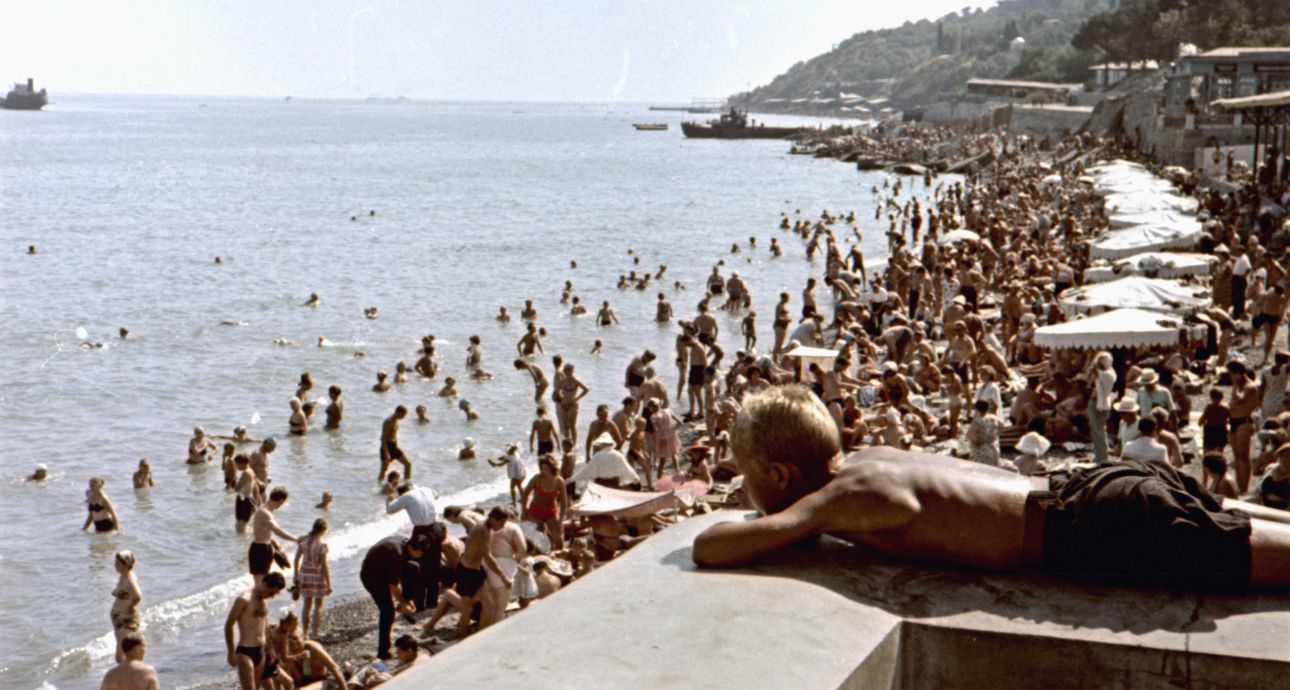
Living as an Ordinary Soviet Person
Recently, Mykhailo Palinchak has got more into the vernacular photography and plunged into work with the archives. He got this one by chance: a familiar photographer from Dnipro called to say that his friends wanted to get rid of a large archive of some amateur. A week later, all the boxes had already been in Kyiv. The collection turned out to be huge, but it was meticulously sorted by shooting locations and years, from the 60s to the 80s. The envelopes contained slides, colour and black-and-white negatives, medium and narrow format — they only lacked the author’s signatures.
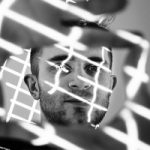
A Ukrainian street and documentary photographer, photojournalist, Petro Poroshenko’s photographer, «Ukrainian street photography» community initiator.
— A photographer I know almost nothing about yet — neither his name, nor his age or appearance — lived an ordinary life in Dubna city, Moscow oblast. I am unaware as to where he worked or what he was, but thanks to his hobby, I can go back several decades in time and witness the world through his eyes. He confides in me his personal life moments, the images of his family and friends, as well as the simple joys of the Soviet person. I see him taking part in the May Day demonstrations, subbotniks [clean-up days for the sake of the community — translator’s note] and various city celebrations; visiting relatives in Poltava and stopping by in Lviv, paying a tourist visit to Kyiv and Leningrad, and, of course, spending summer by the sea – in Yalta or Gelendzhik.
He longs for something eternal and stunning — sky, sea, forest and flowers, but also often finds beauty in the daily routine. These are the moments which have the greatest documentary value for me. I open an envelope — and find myself in 1962 Yalta, another one — and I am already in 1974 Lviv. With each new envelope I get to know ever-more about my character and his life. I already recognize his wife walking their daughter Galya or cleaning windows in their new flat at the city outskirts (the state must have given it to them) in the pictures. And in 1975 my character has bought himself a new Practica SLR, and I share his happiness over this purchase: the photos became much technical.
I consider this photo-archive resembling a time capsule, giving me the chance not only to see the life in USSR, but also to witness it all through the eyes of a particular person. Earlier, I only used to hear stories from my parents, but I witnessed little of it myself. Besides, this finding and working with the archive help me as a photographer to realize the value of my pictures today. I think about what the viewer will be interested in learning about our time in 50 years, what is important and what is secondary. This way I understand what and how I want to document and show to future generations better.
This photo-archive is like a time capsule, giving me the chance not only to see the life in USSR, but also to witness it all through the eyes of a particular person.
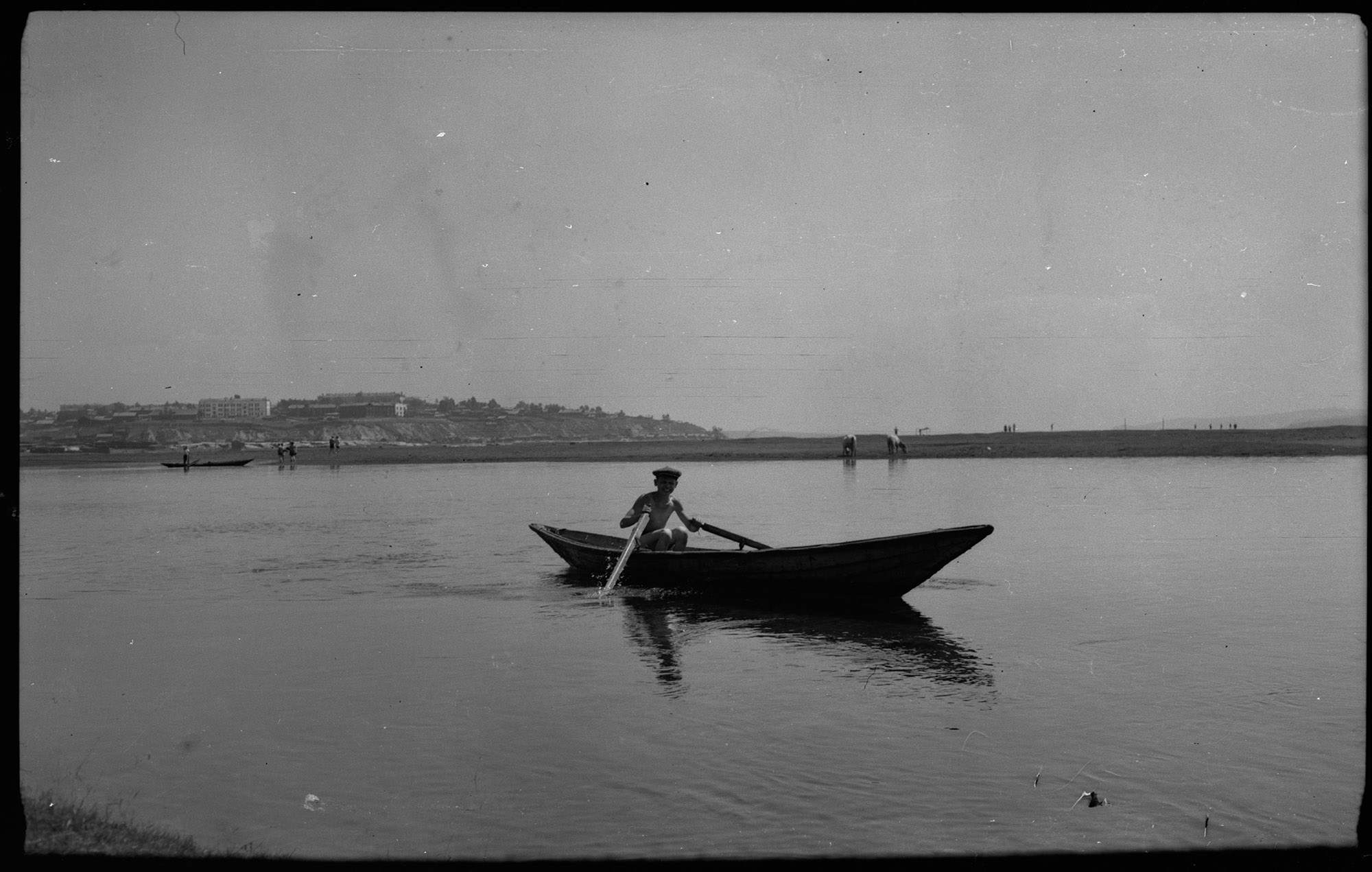
Irkutsk
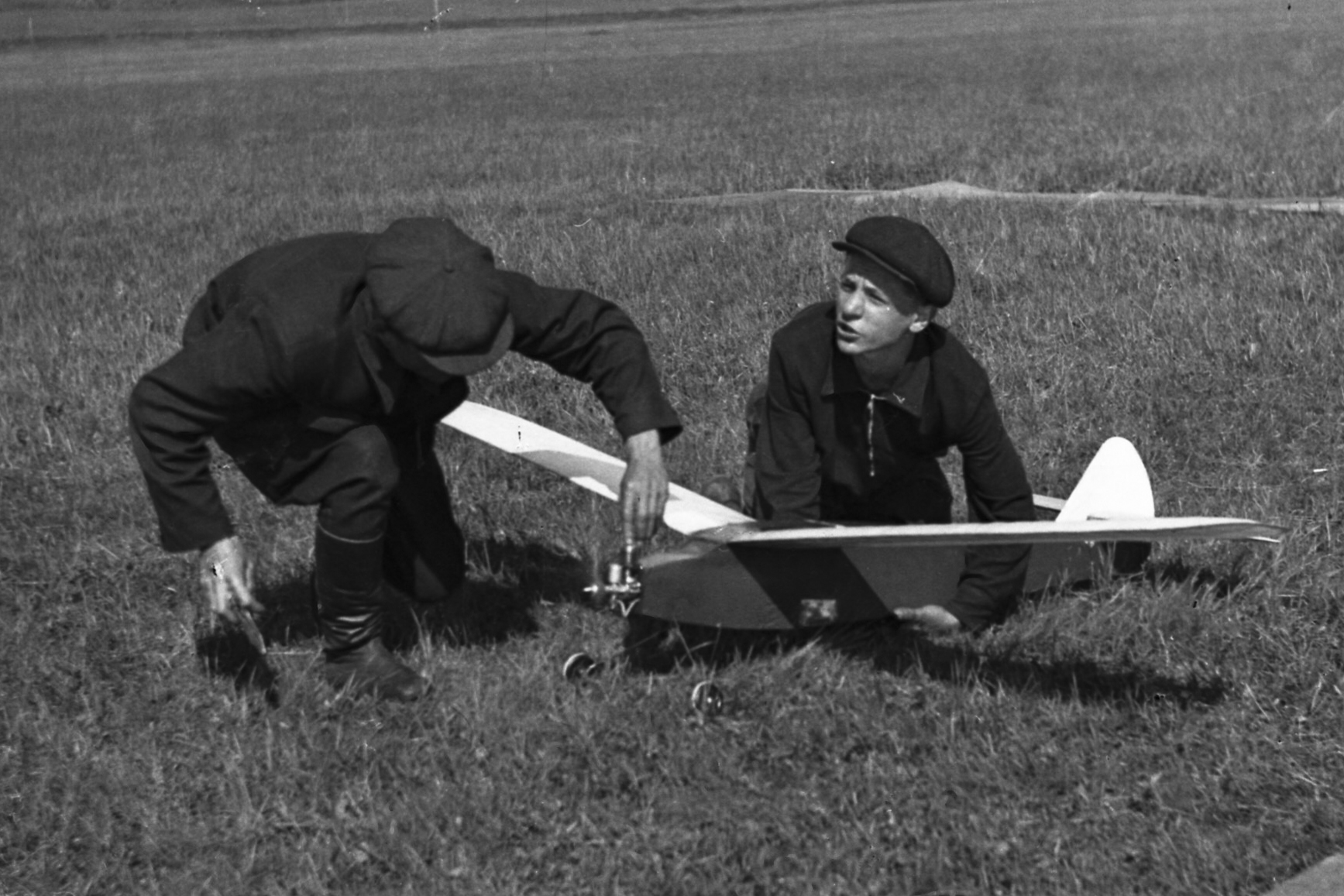
1951
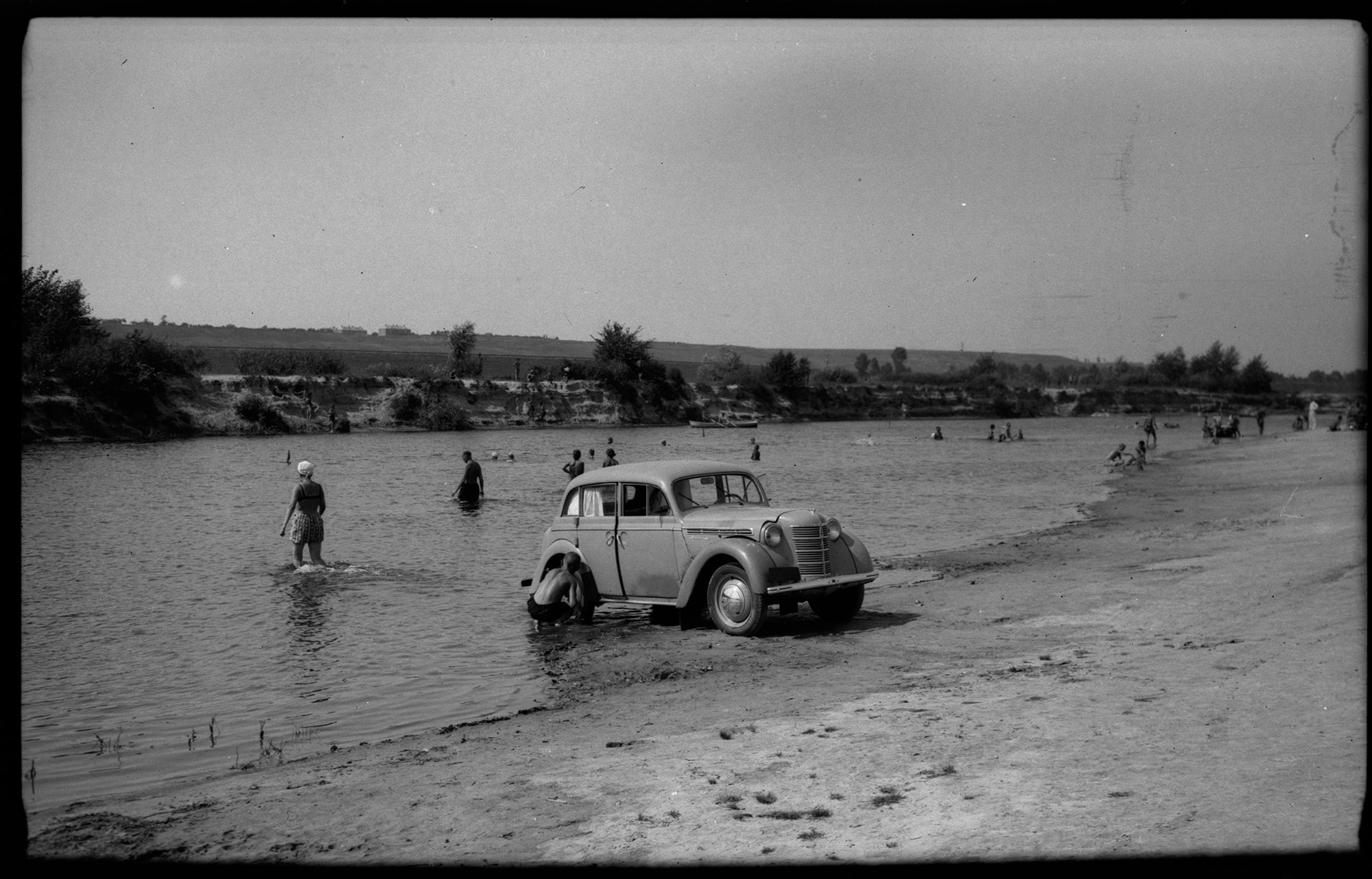
Poltava, 1952
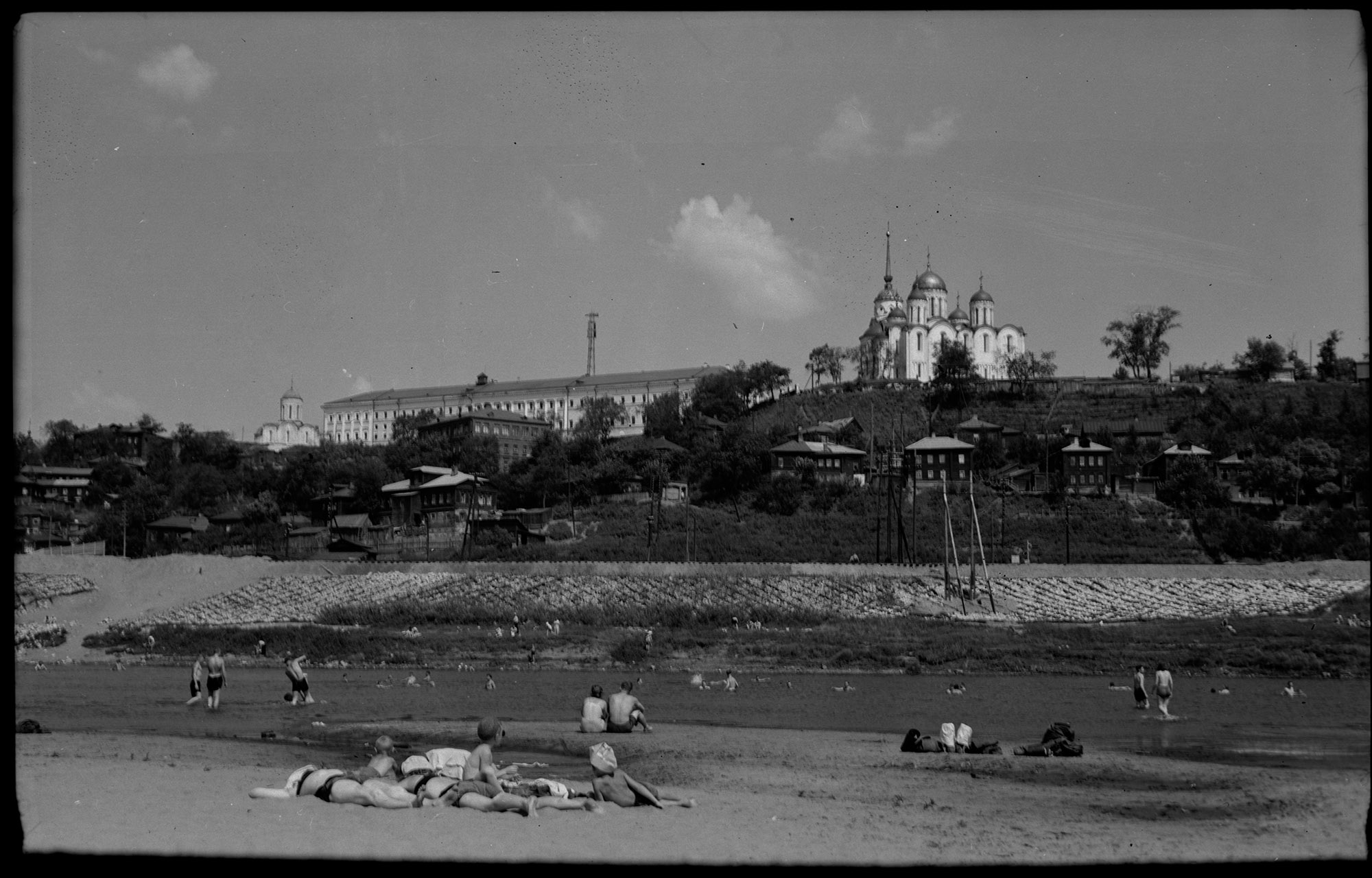
Vladimir, 1958
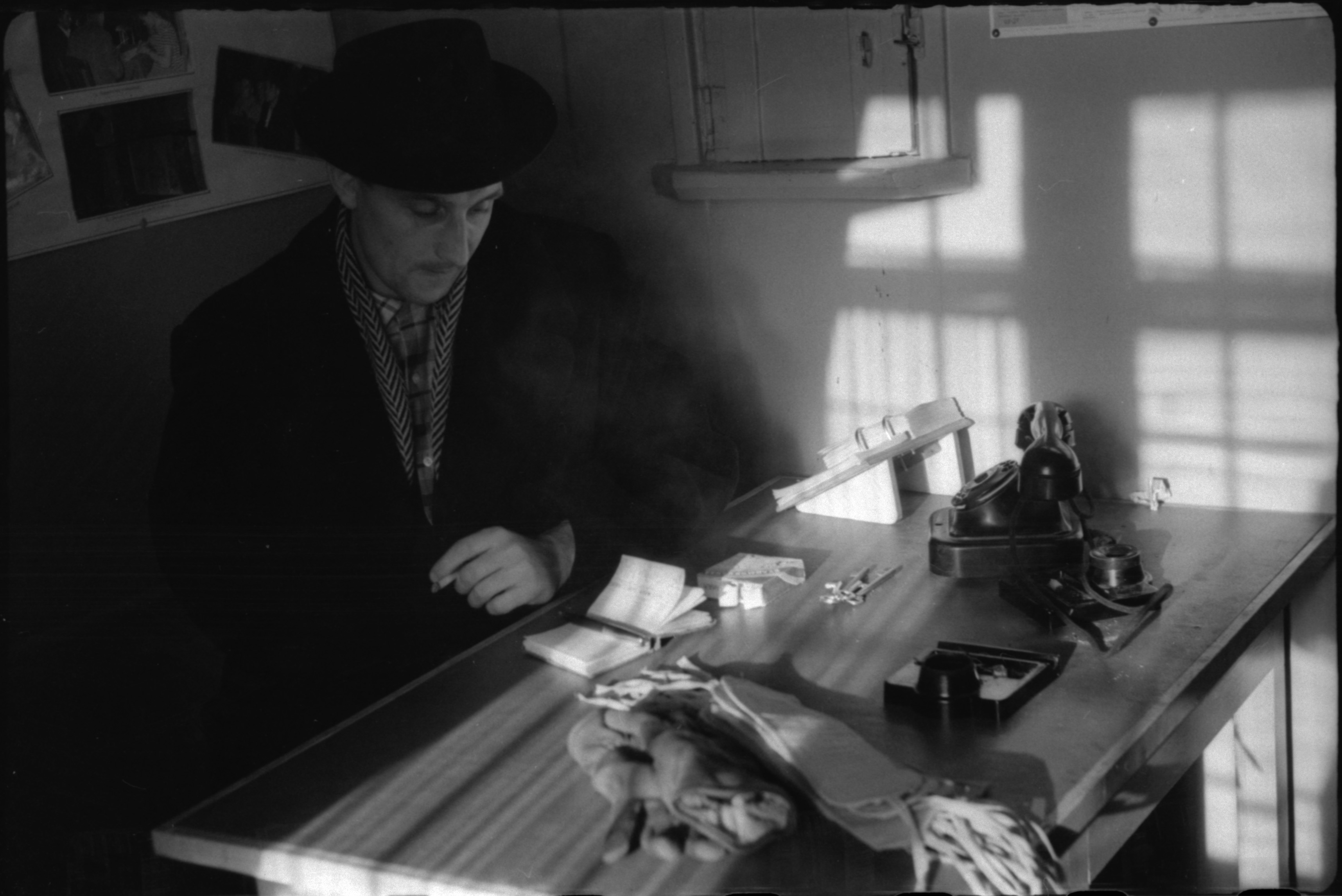
1961
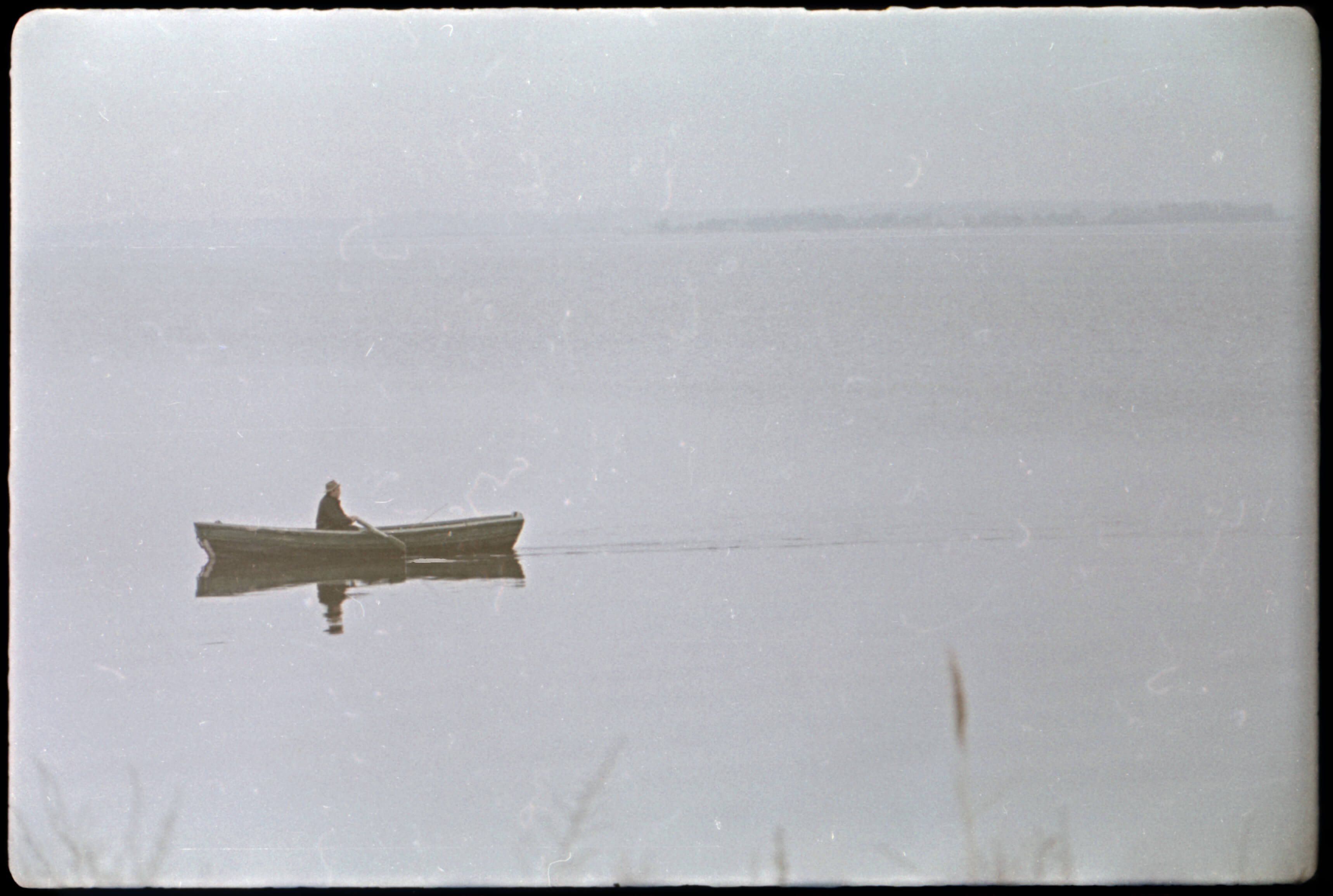
1962
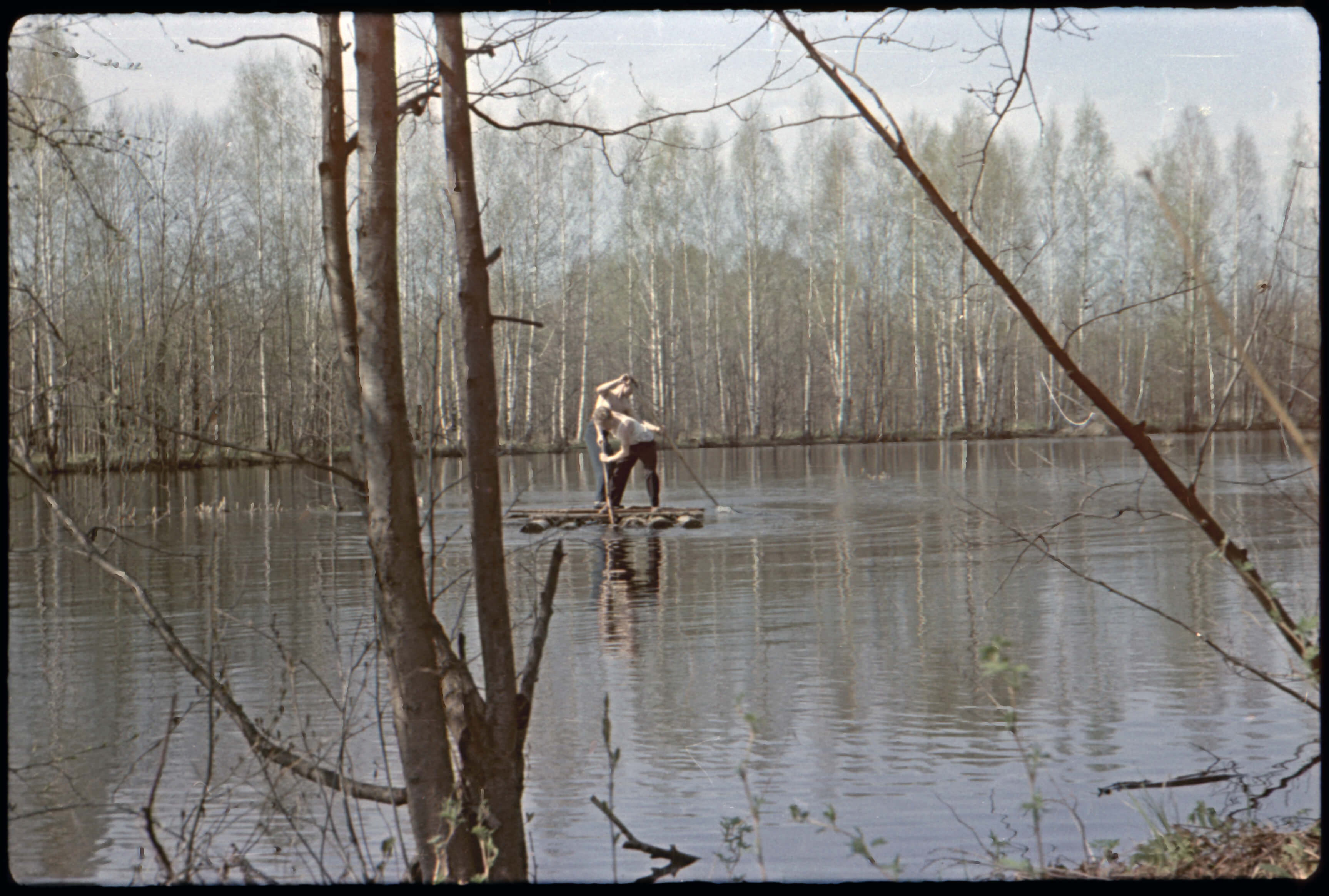
1962
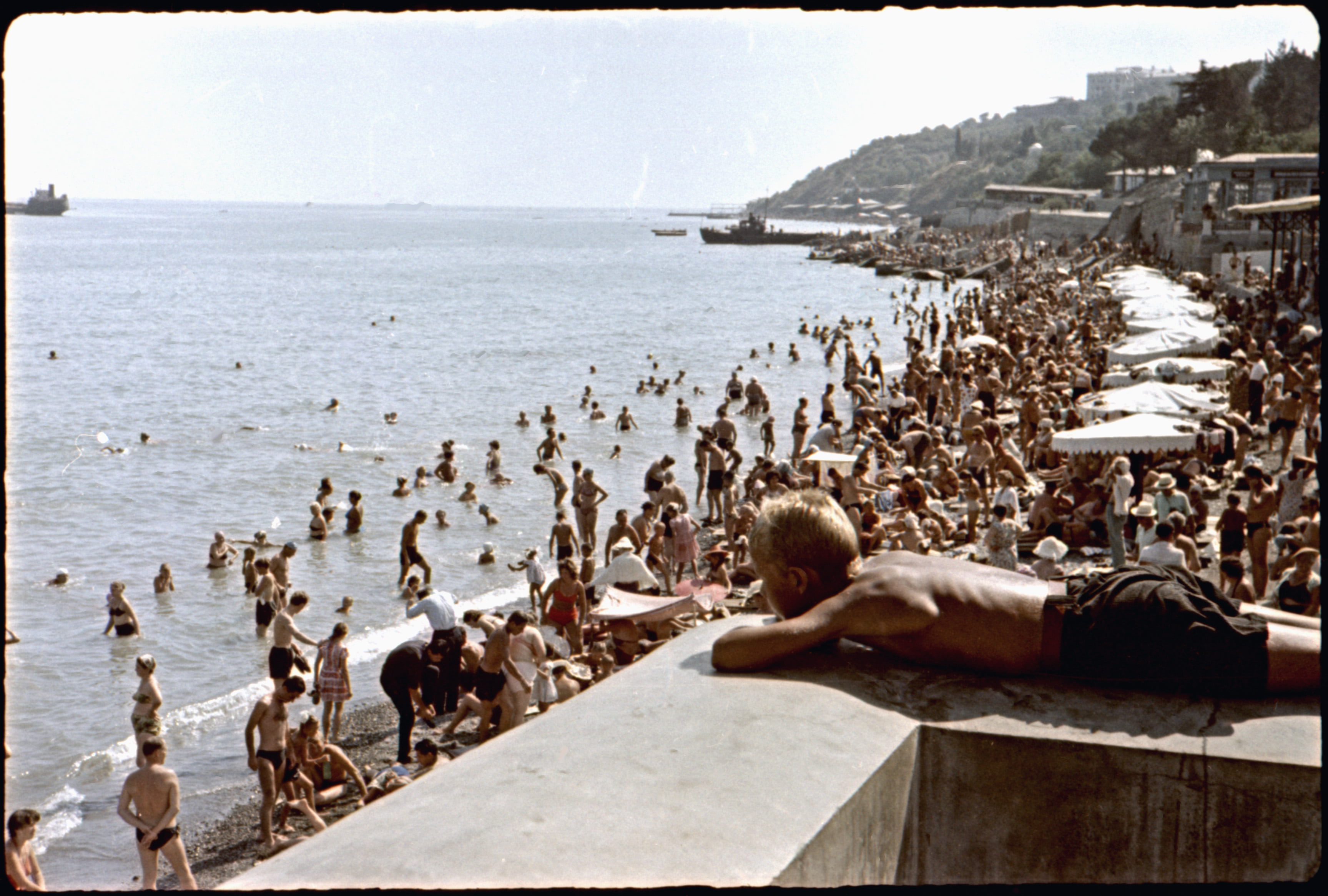
Yalta, 1962
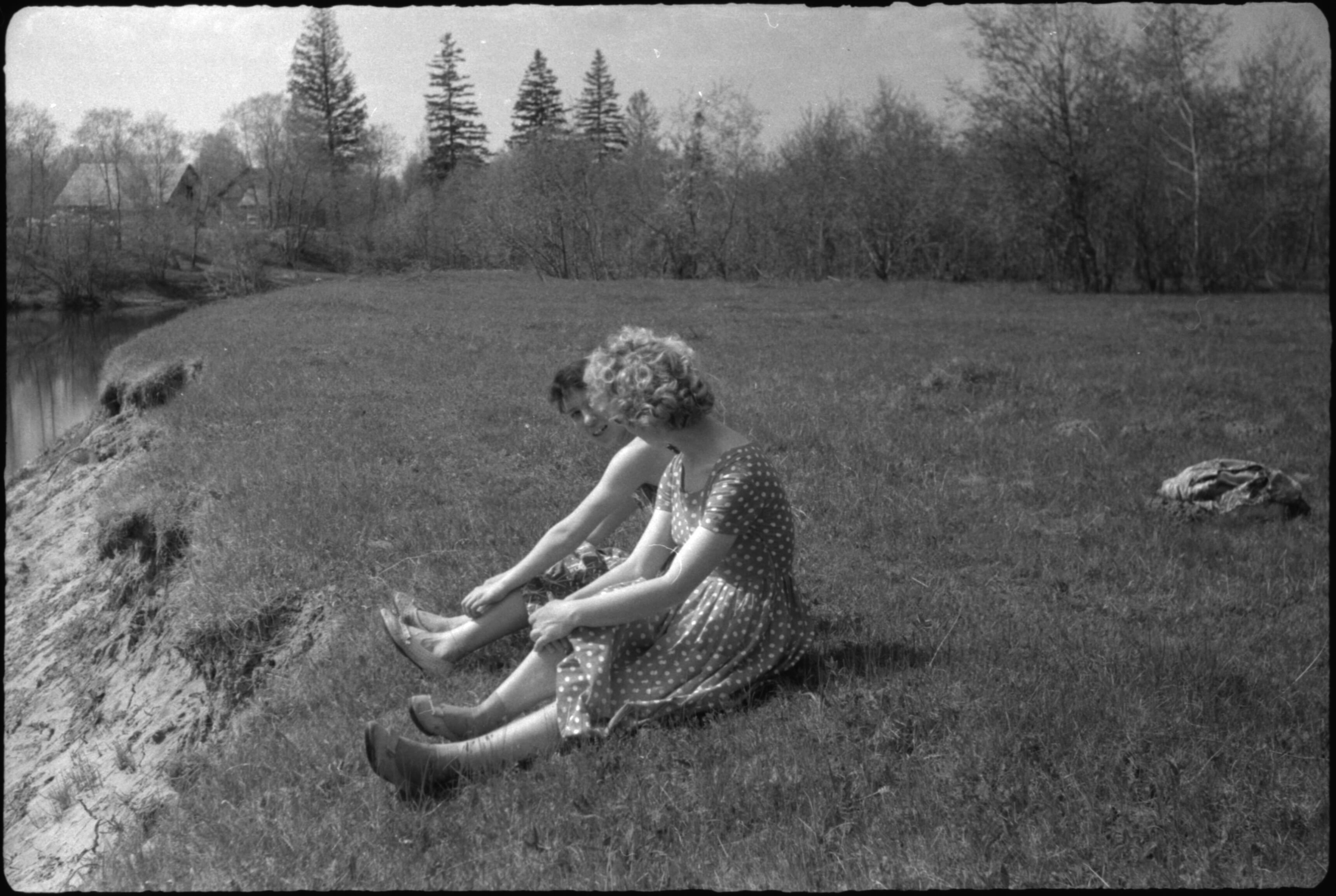
1963
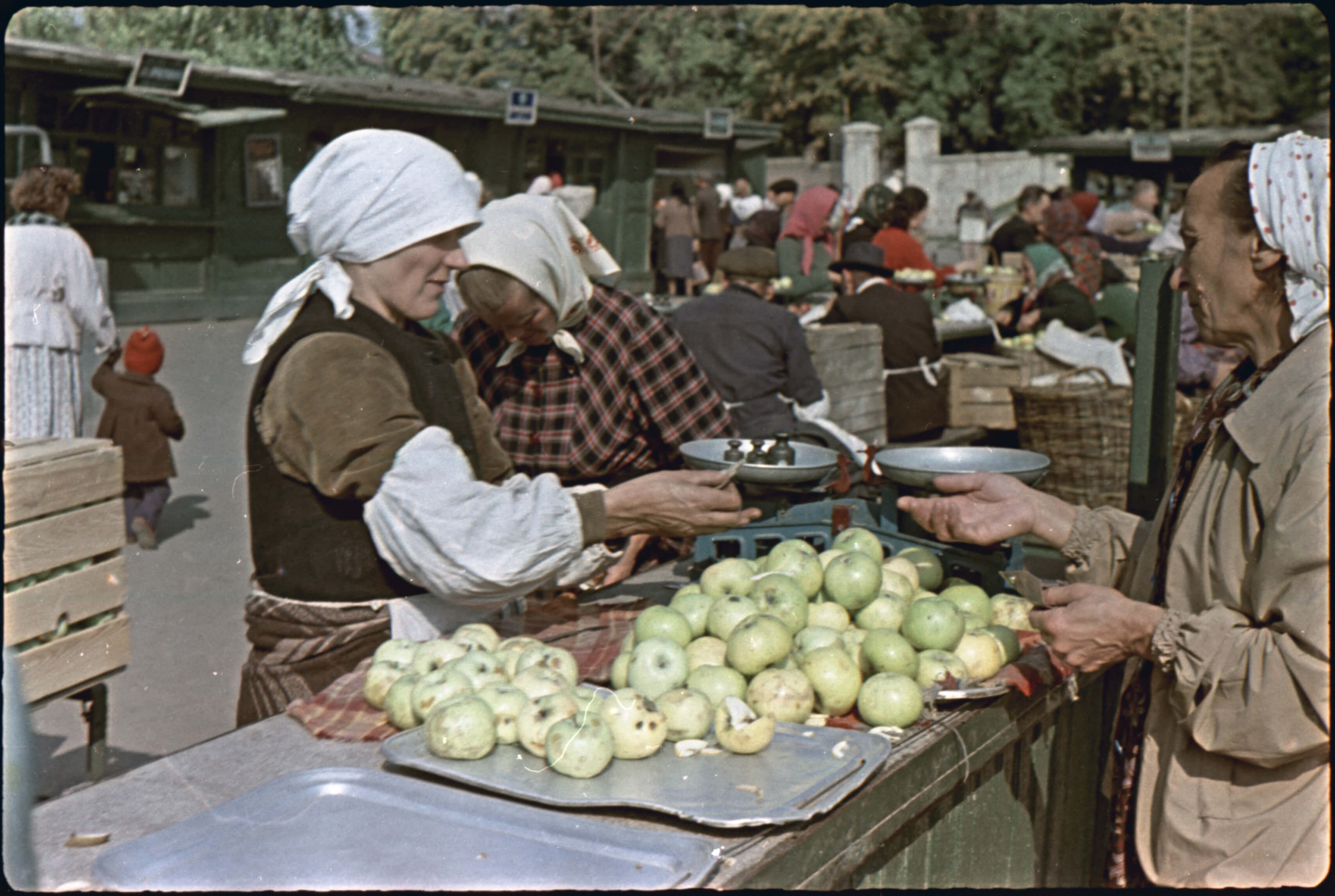
Lviv, 1963
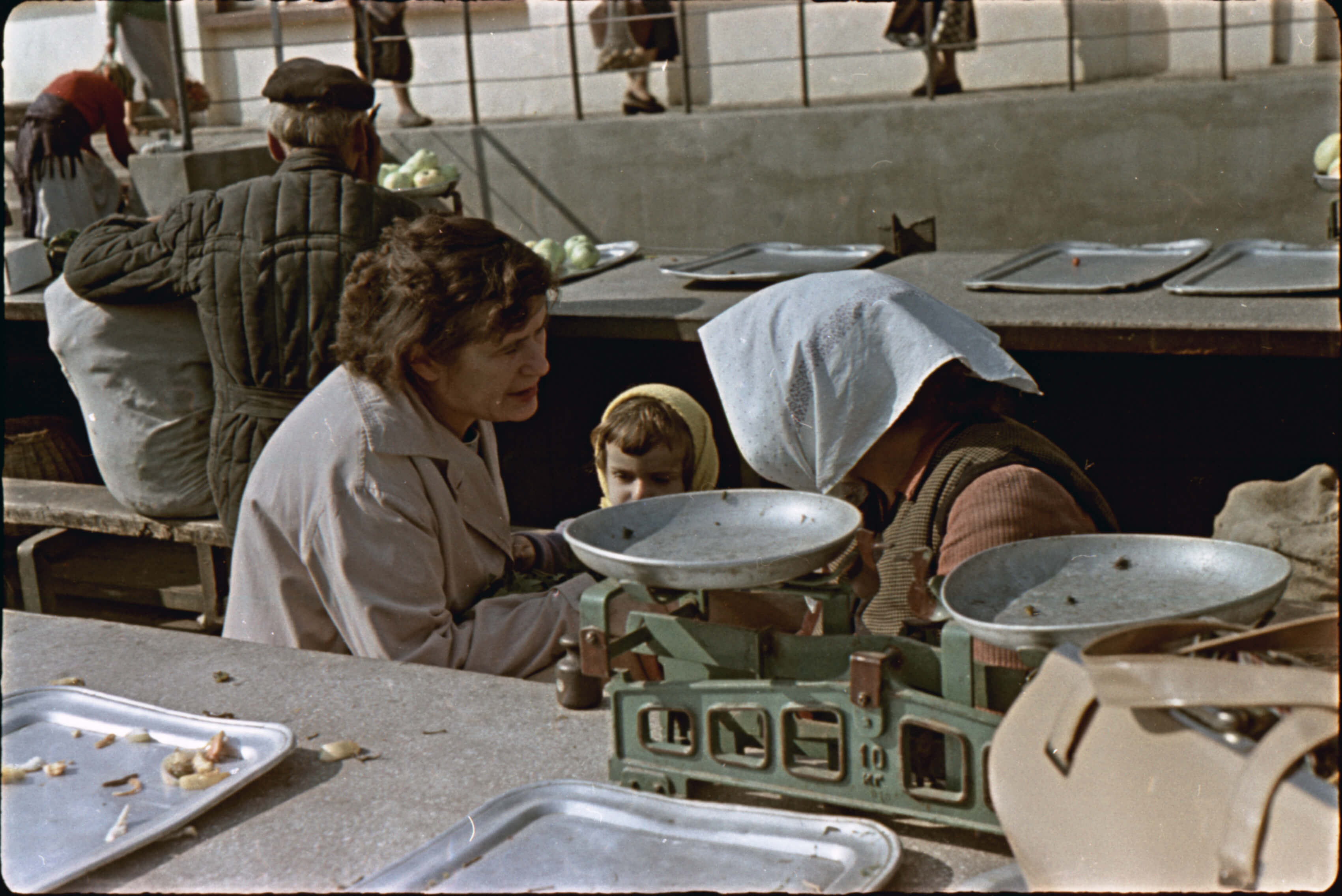
Lviv, 1963
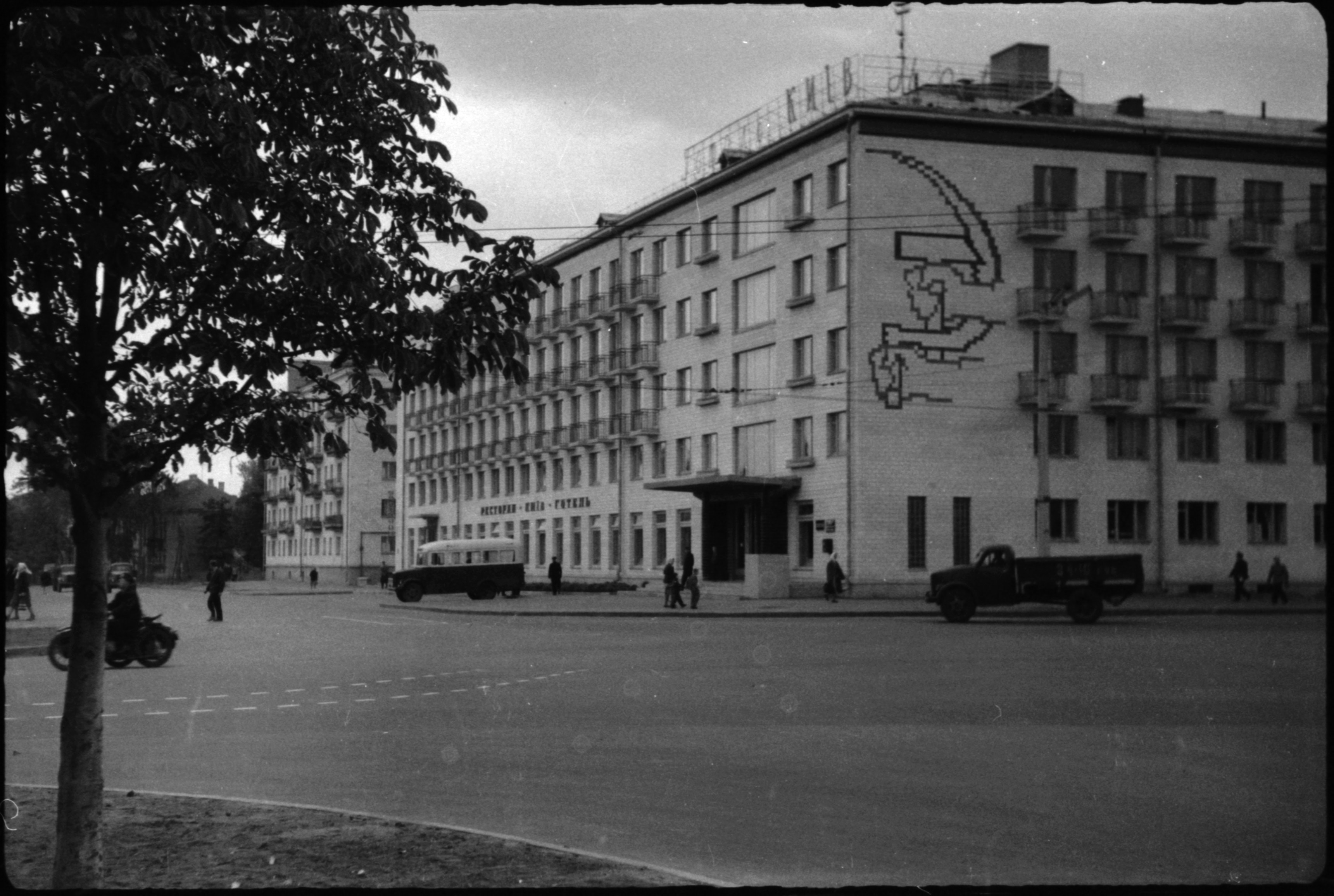
Poltava, 1964
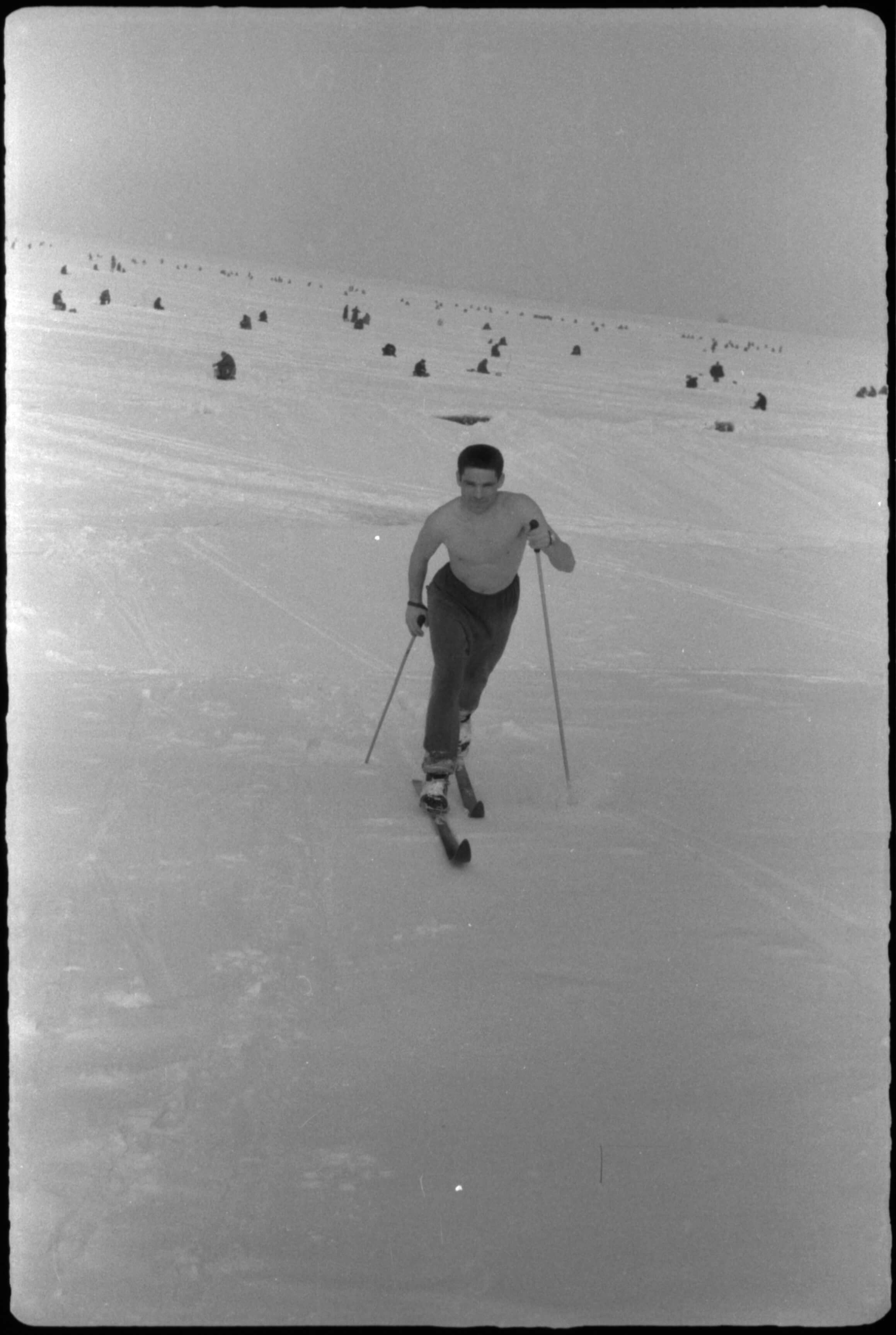
Dubna, winter of 1964
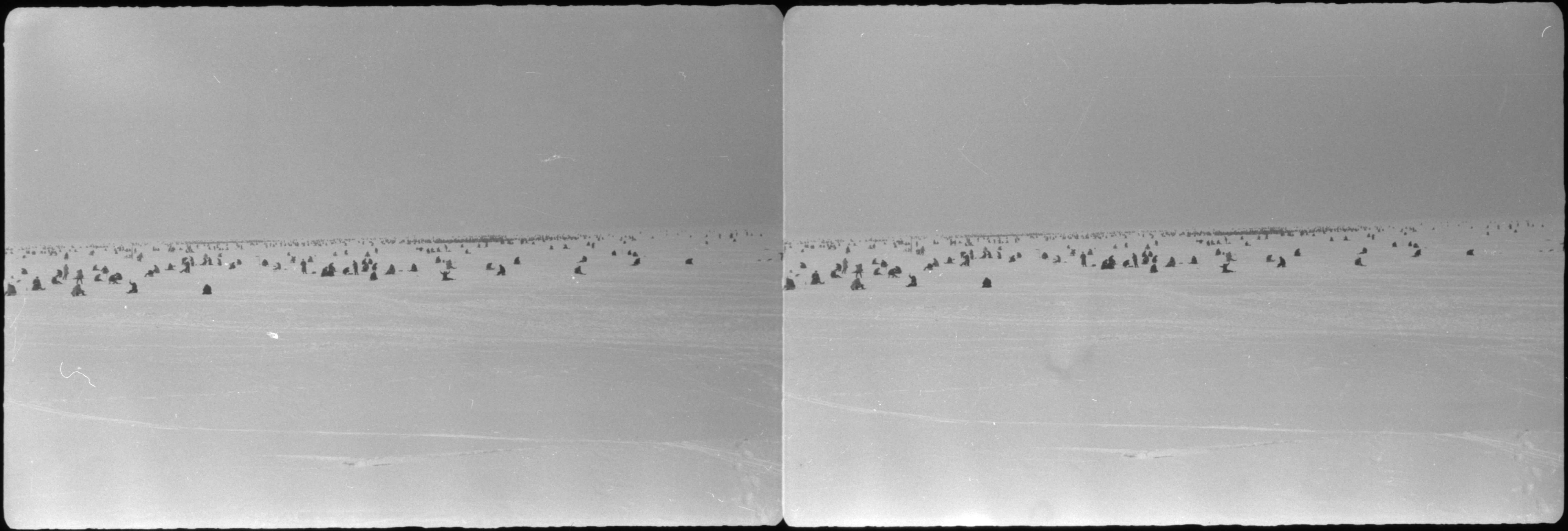
Dubna, 1964
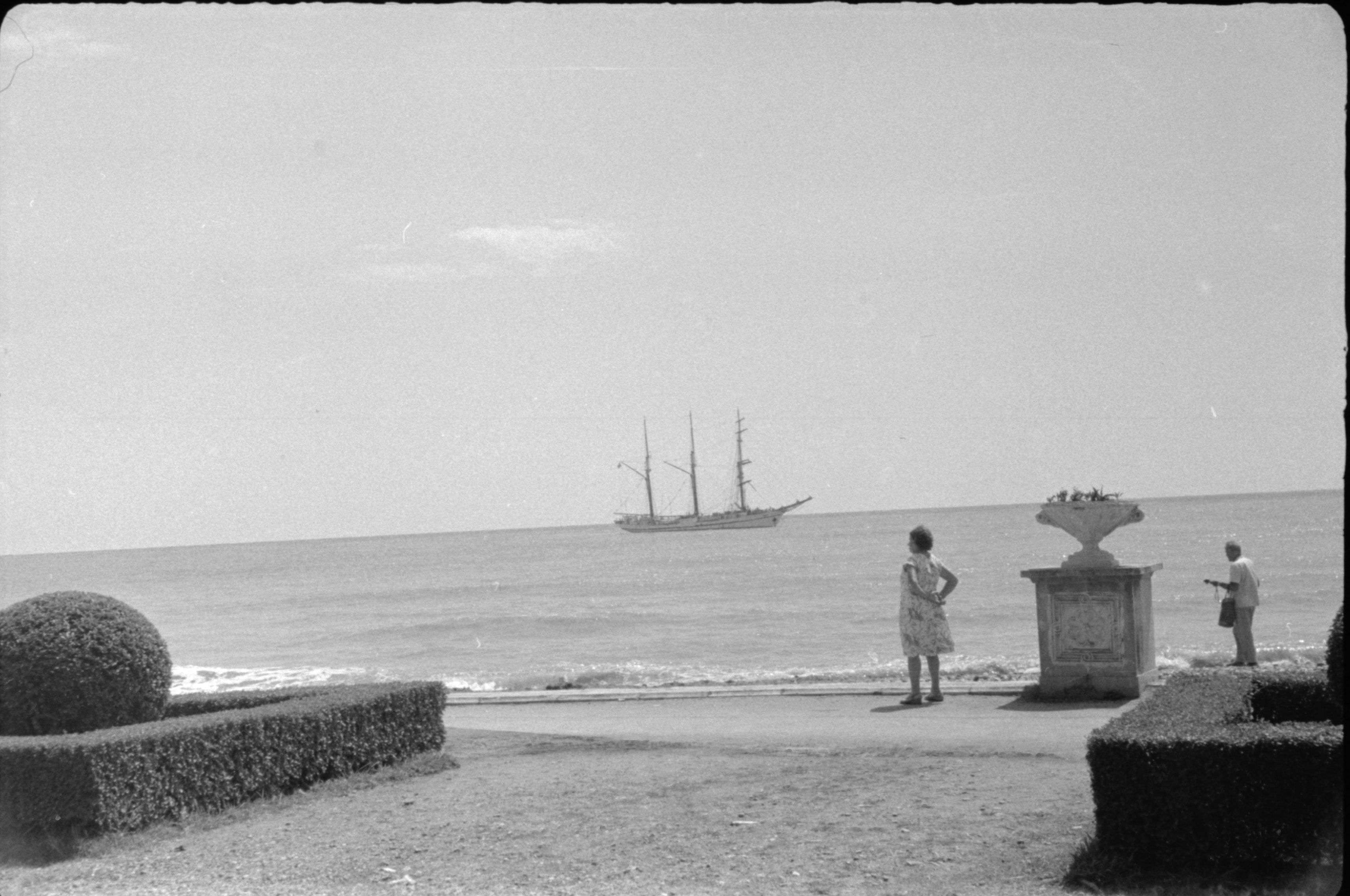
Sukhumi, 1965
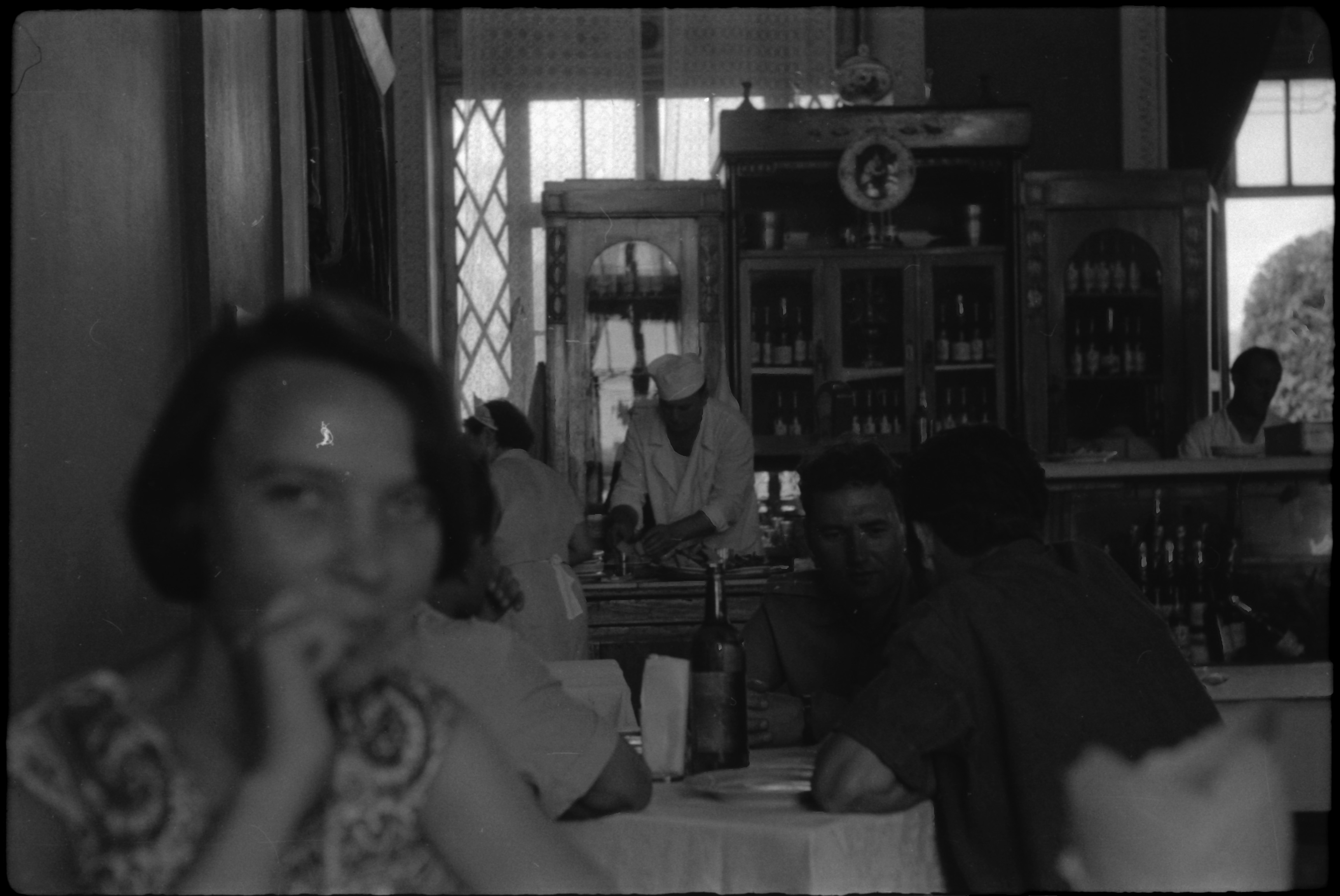
Sukhumi, 1965

Lviv, 1968
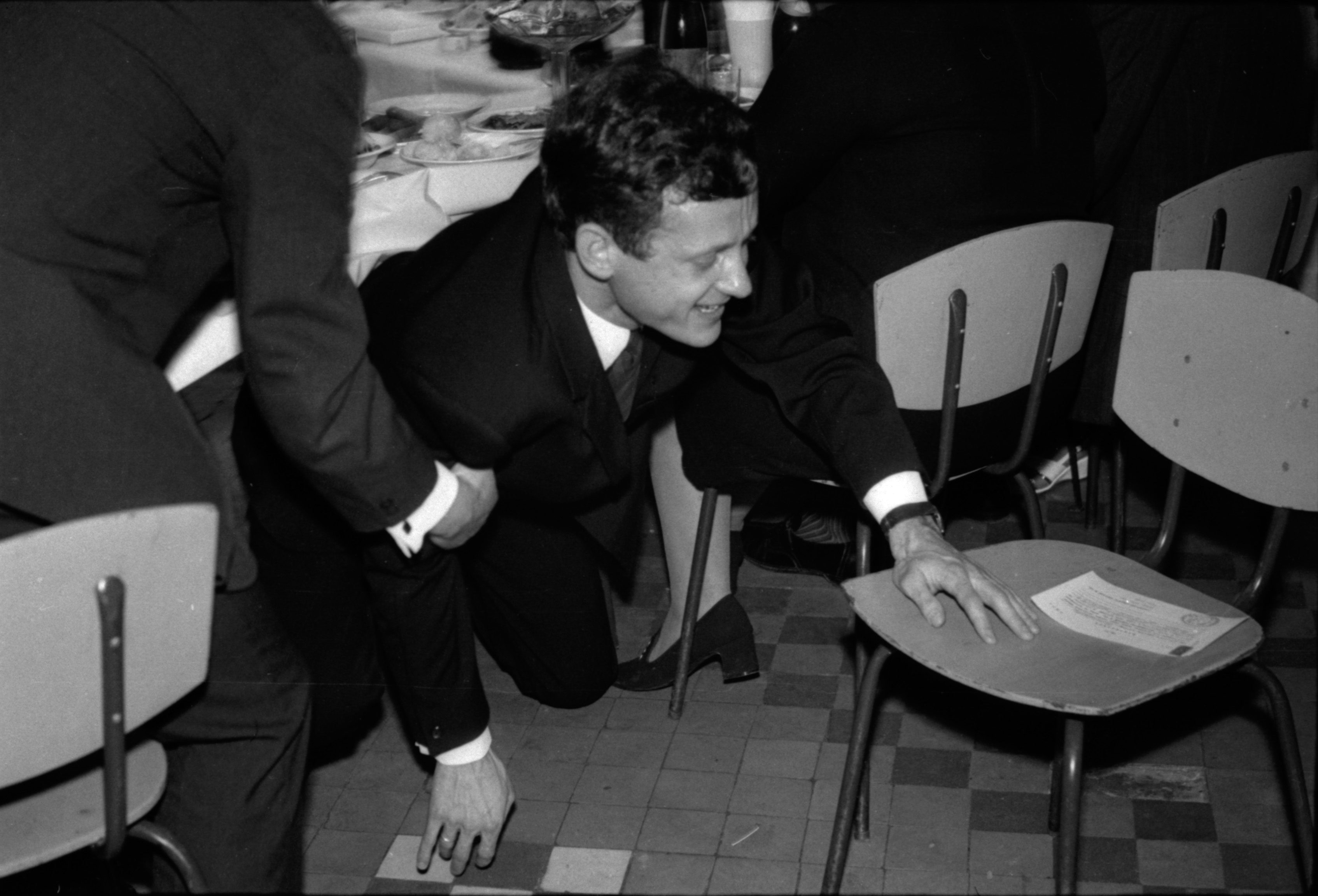
Dubna, 1971
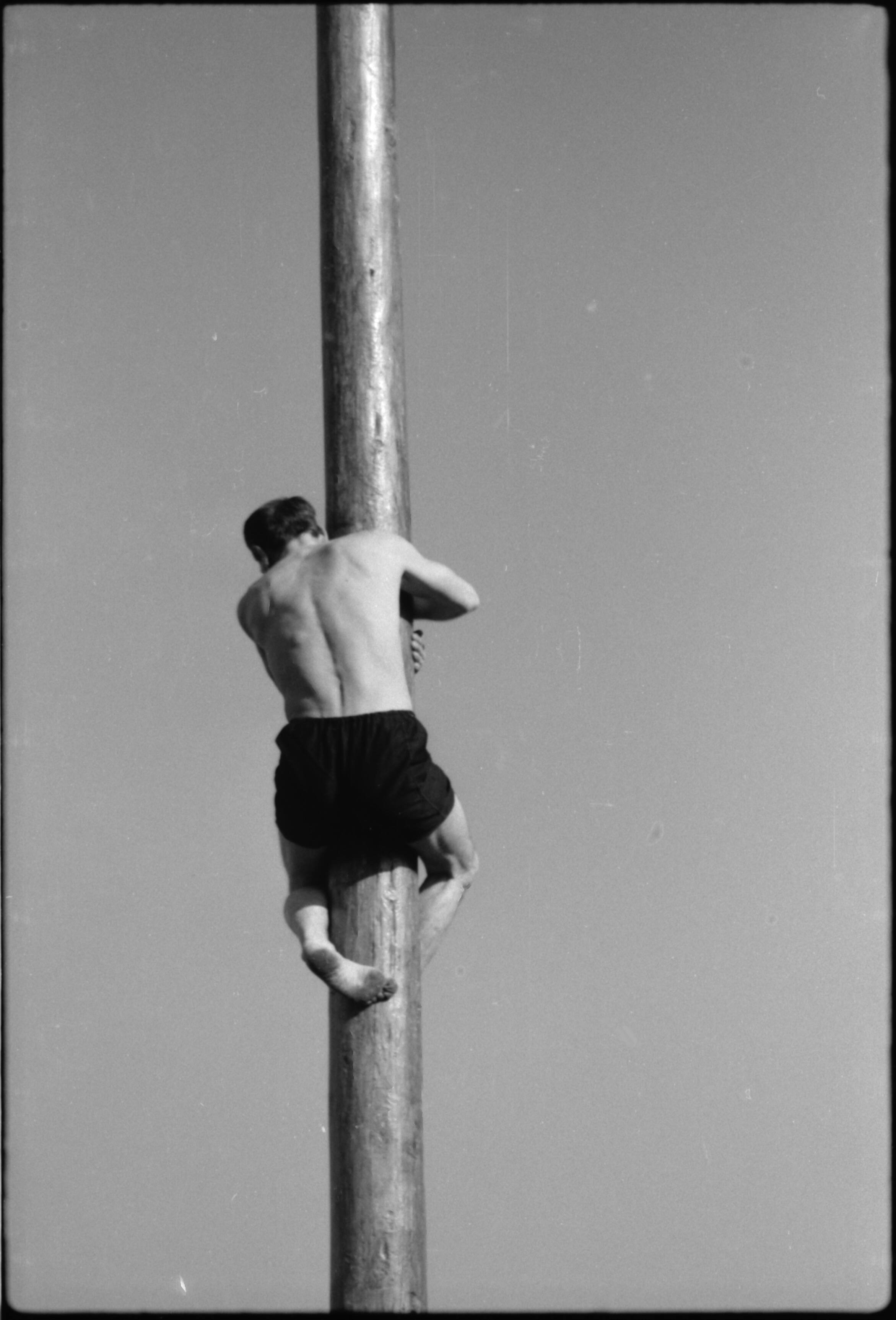
Dubna, winter of 1974
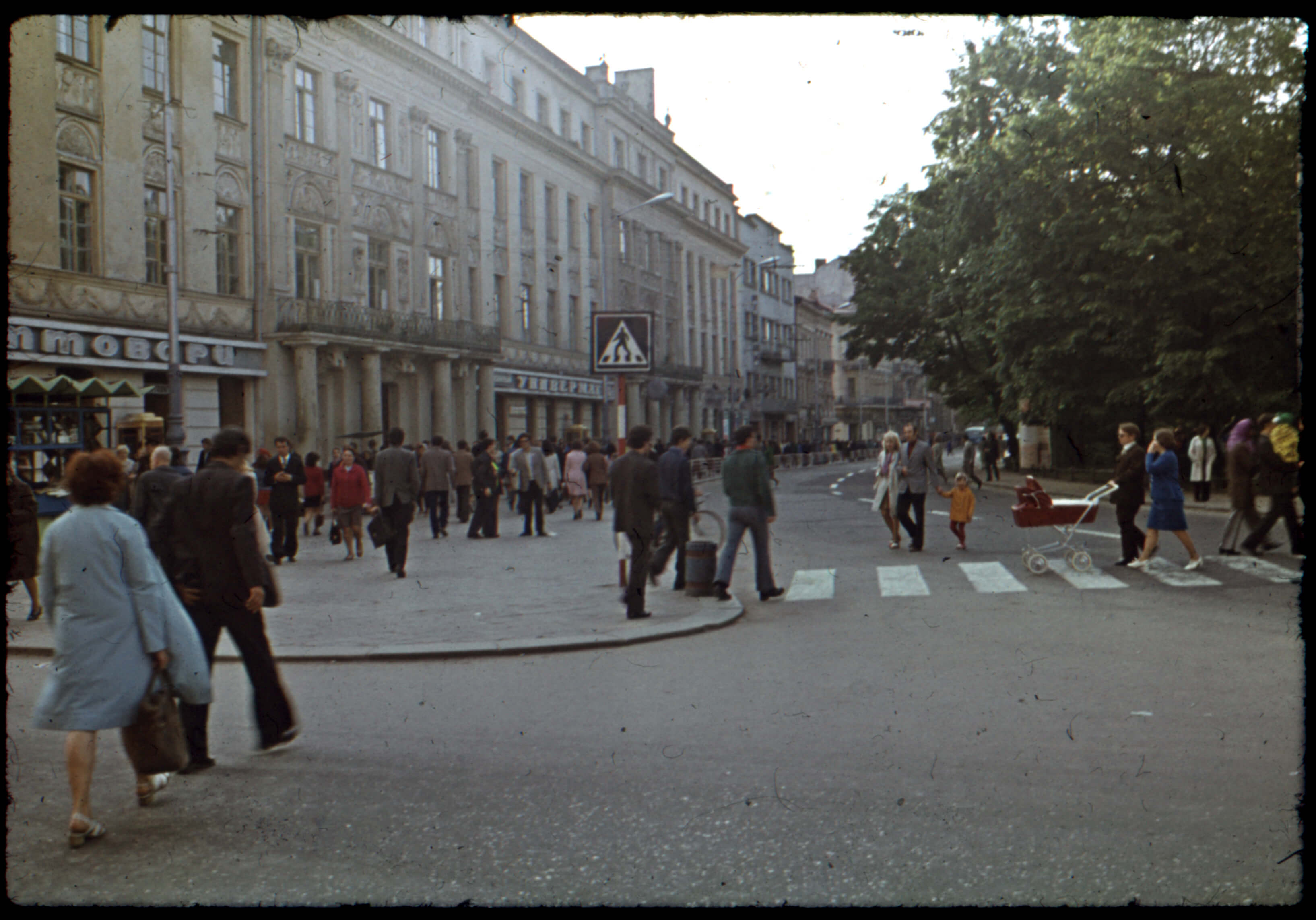
Lviv, 1974
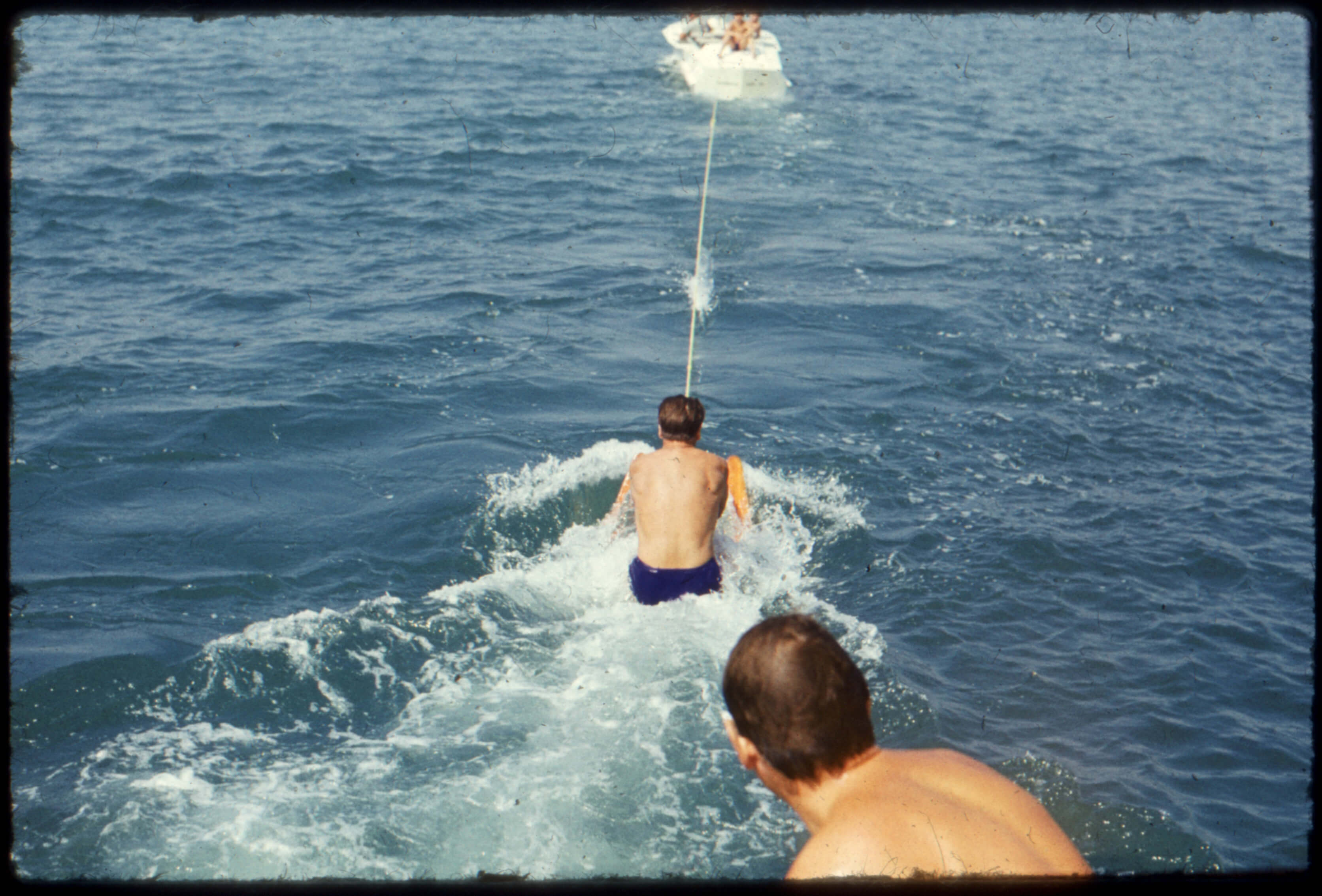
Gelendzhik, 1976
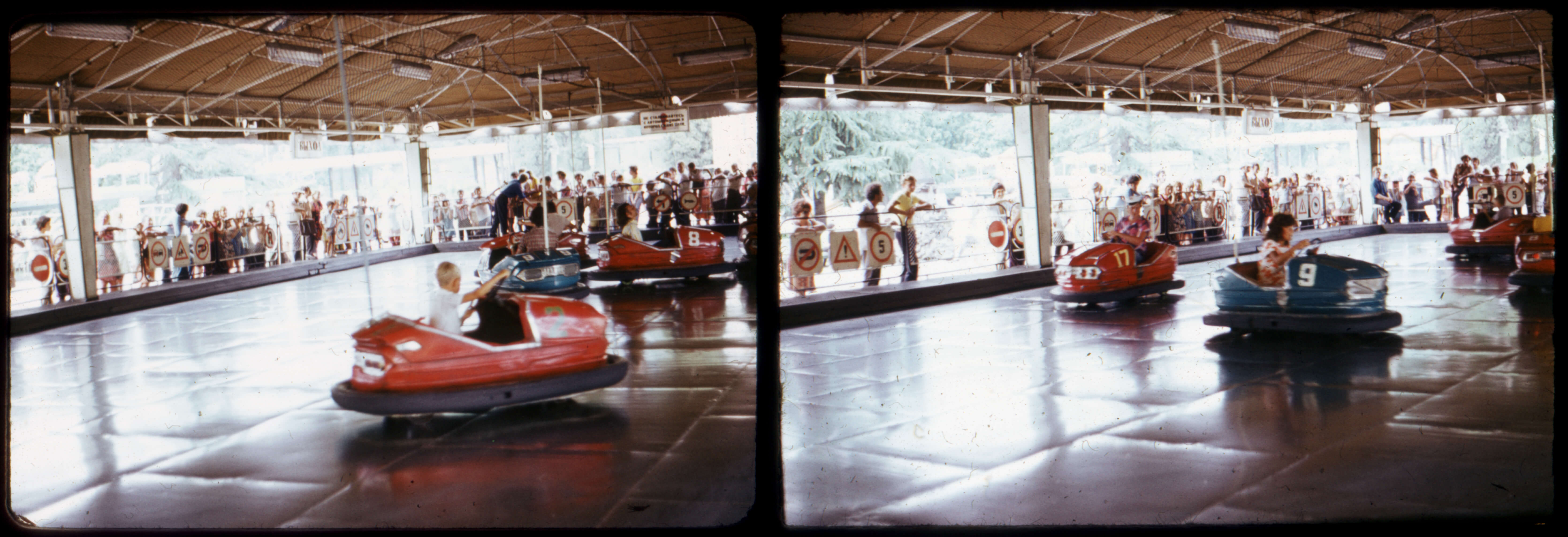
Gelendzhik, 1976
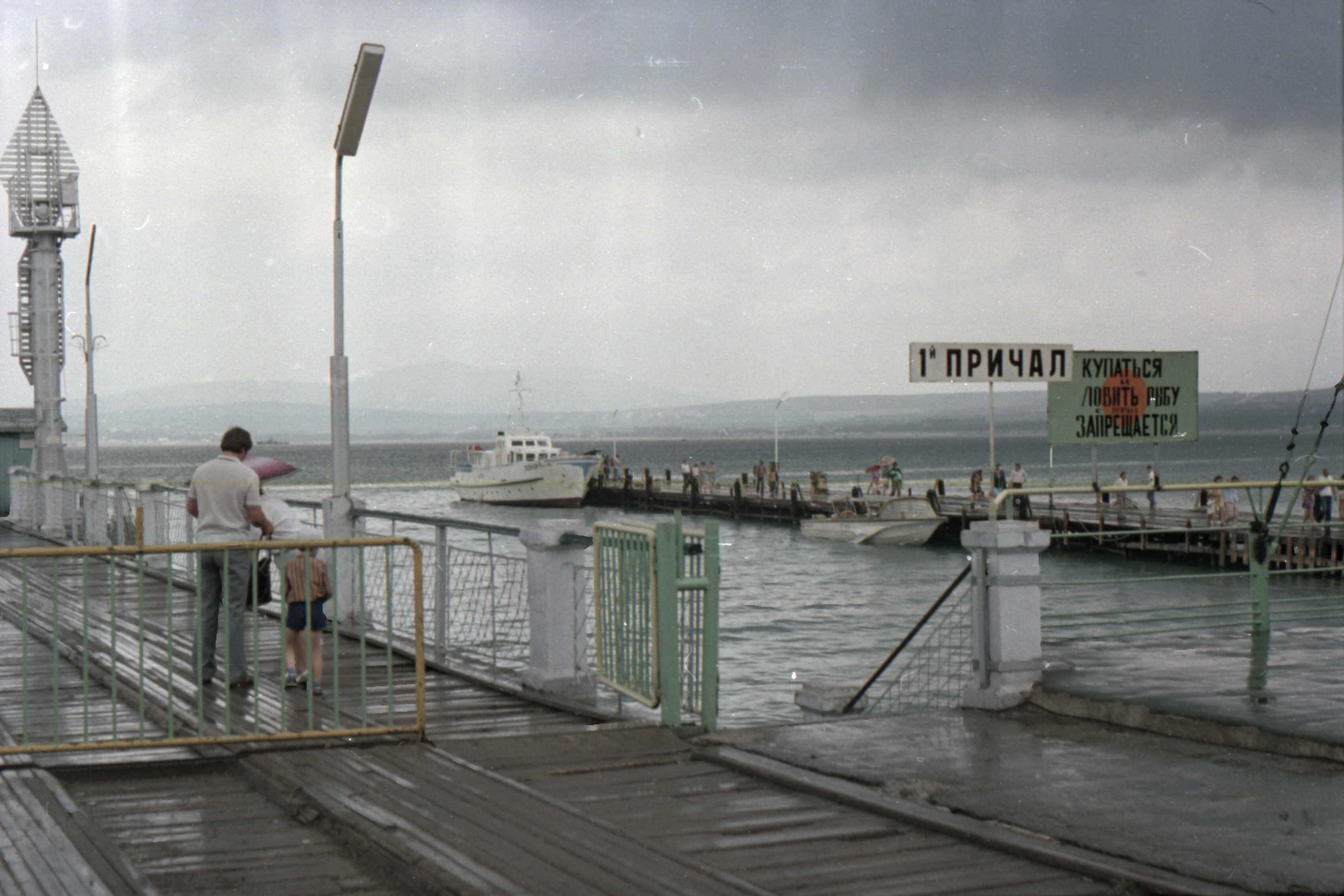
Gelendzhik, 1976
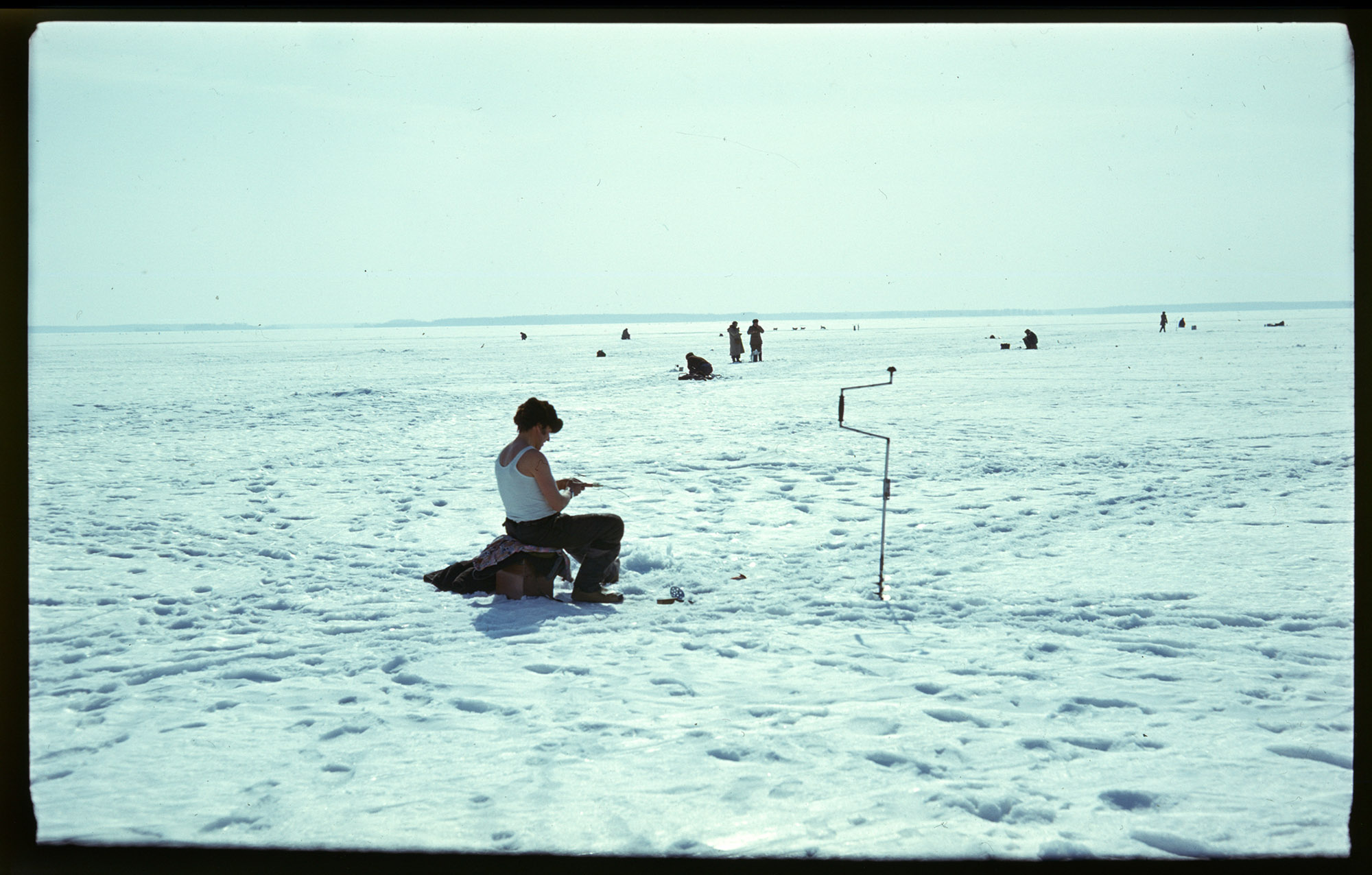
The Moscow Sea, 1981
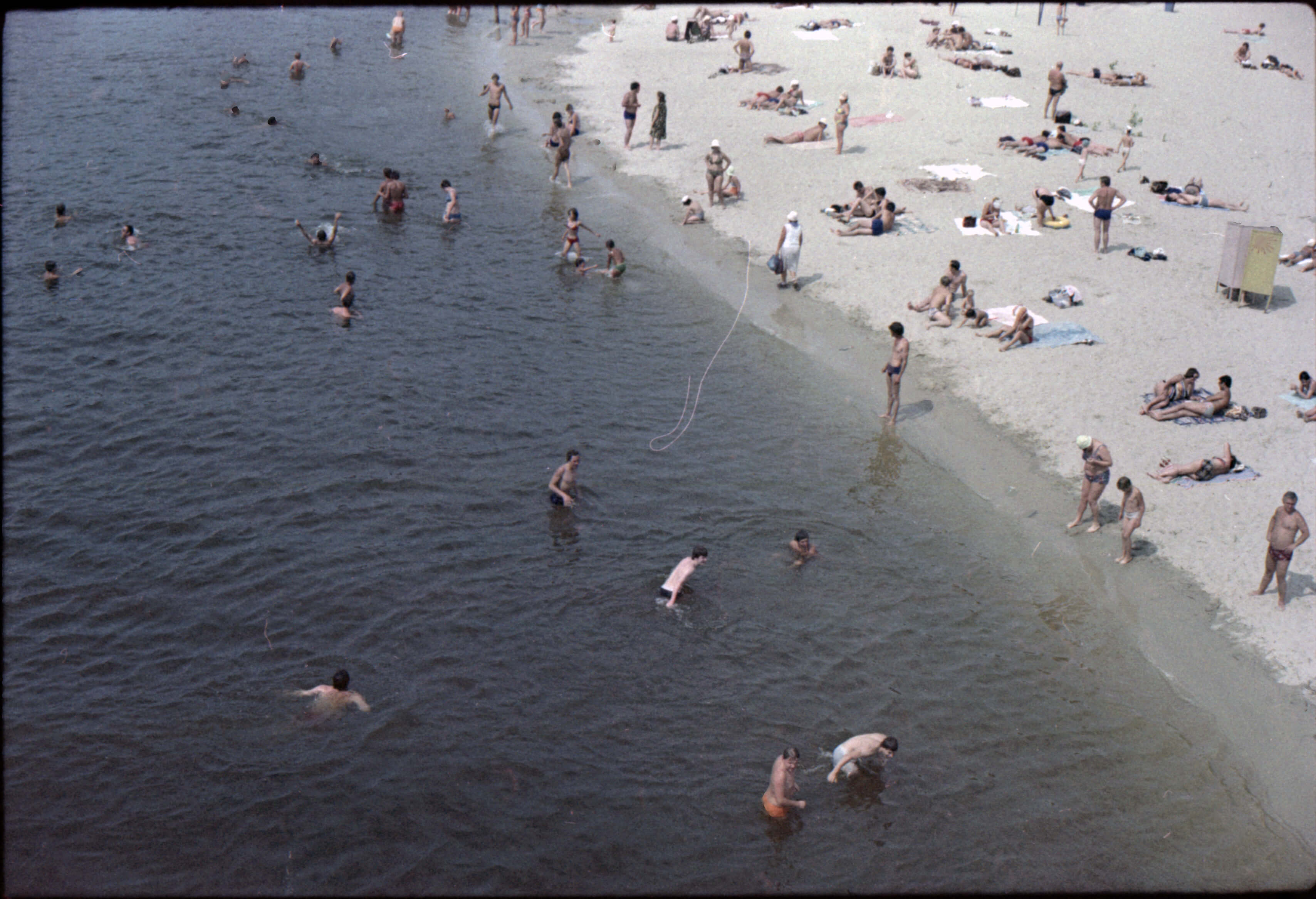
1982
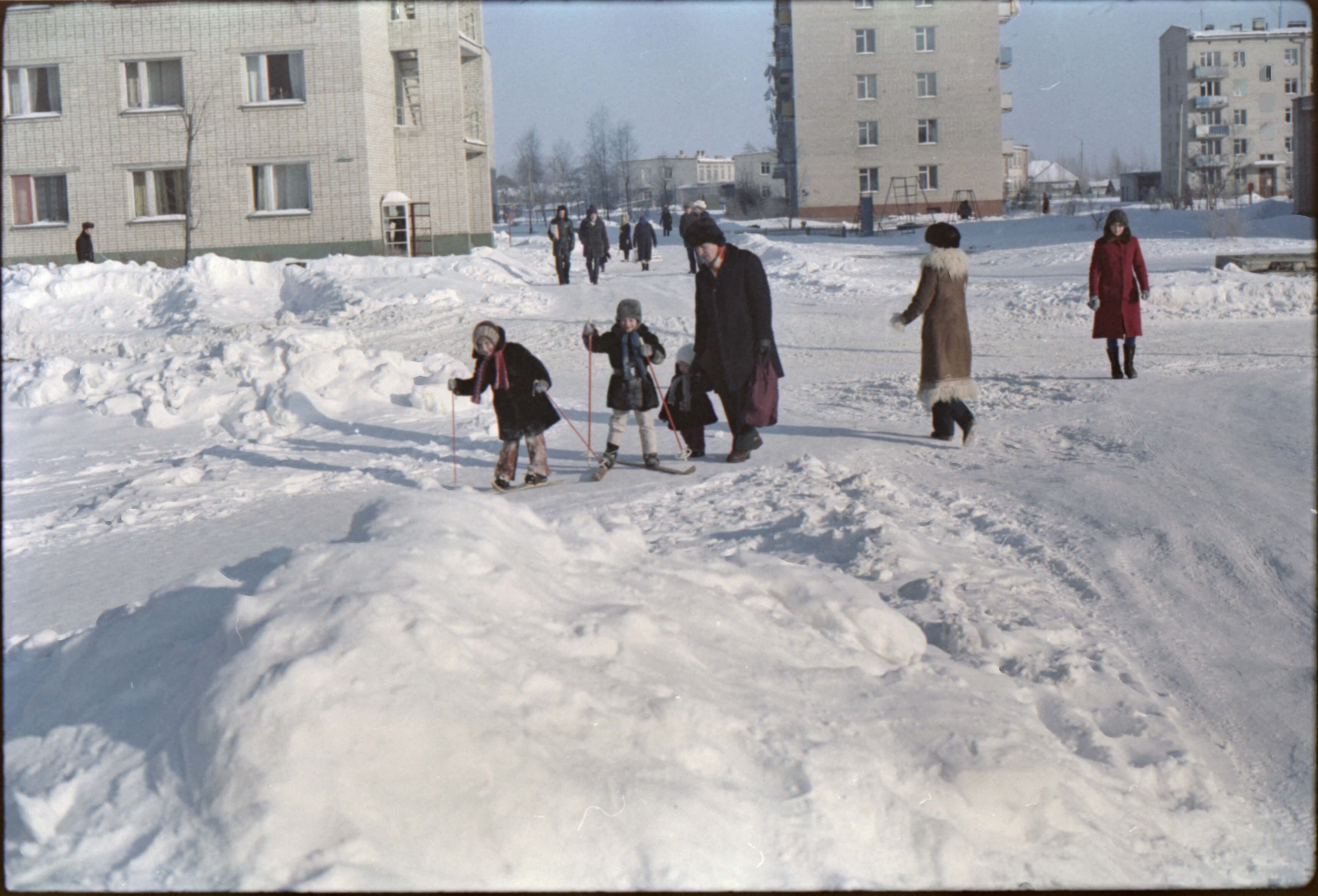
March 1982
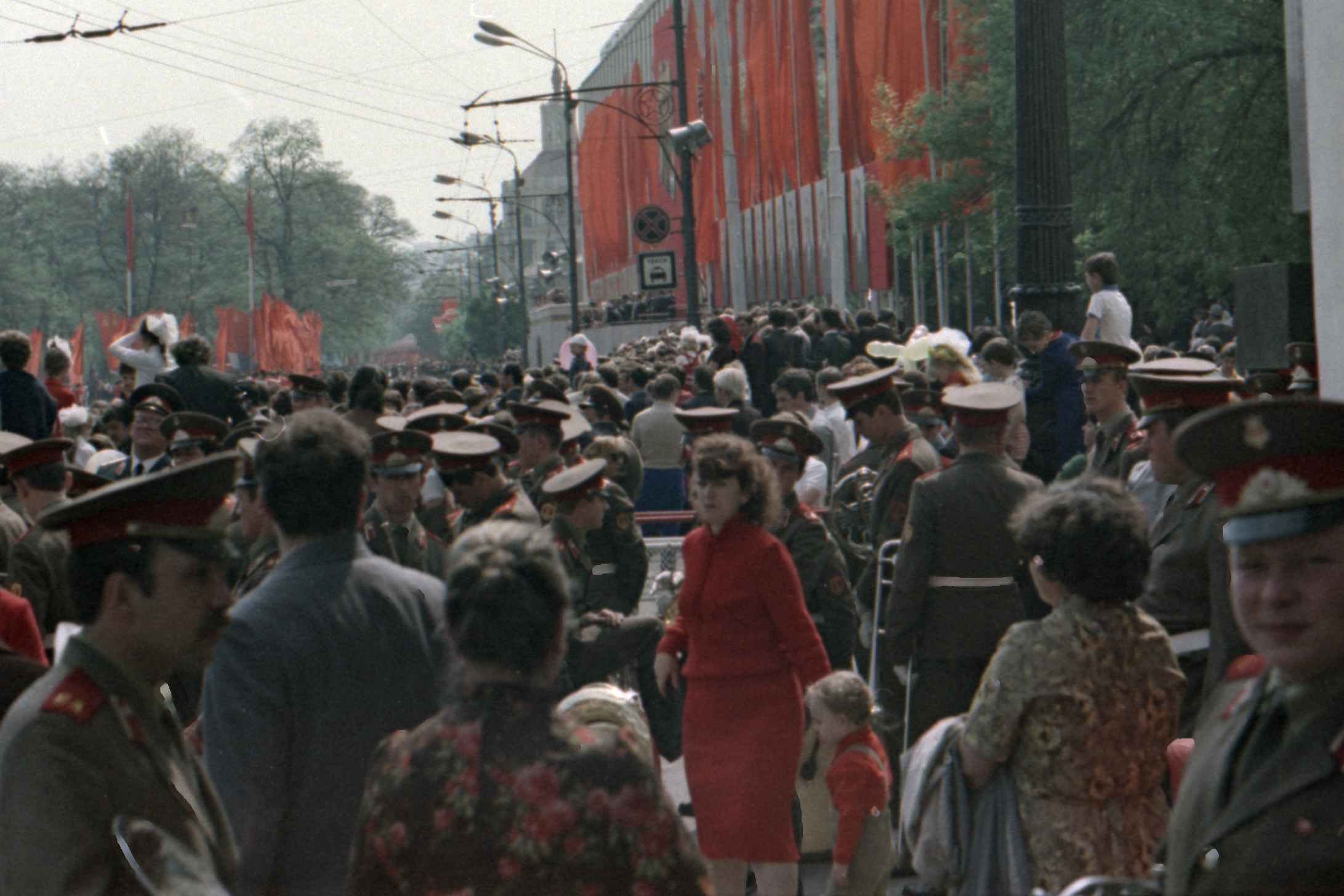
May 1, 1983
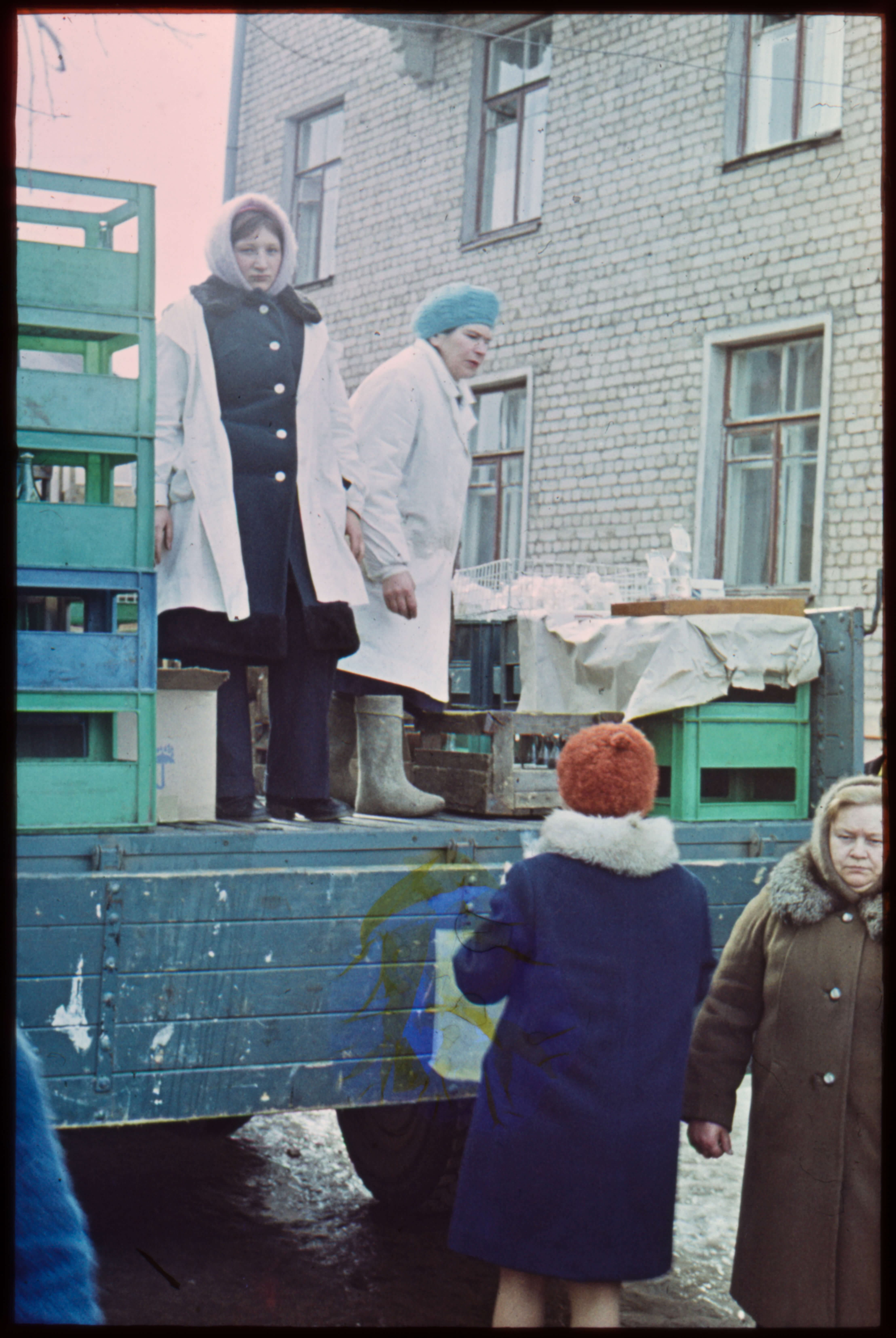
Dubna, 1984
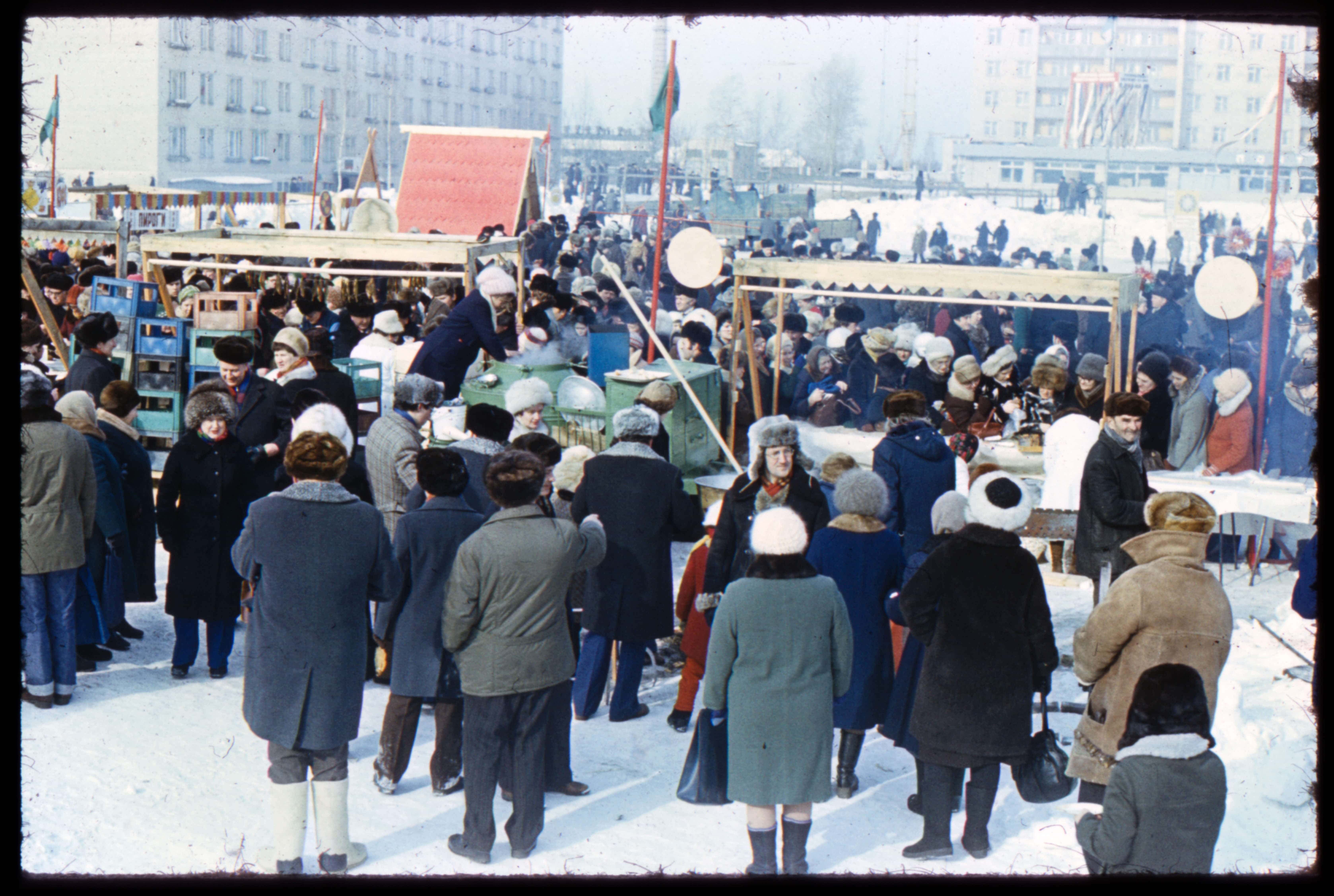
Dubna, 1984
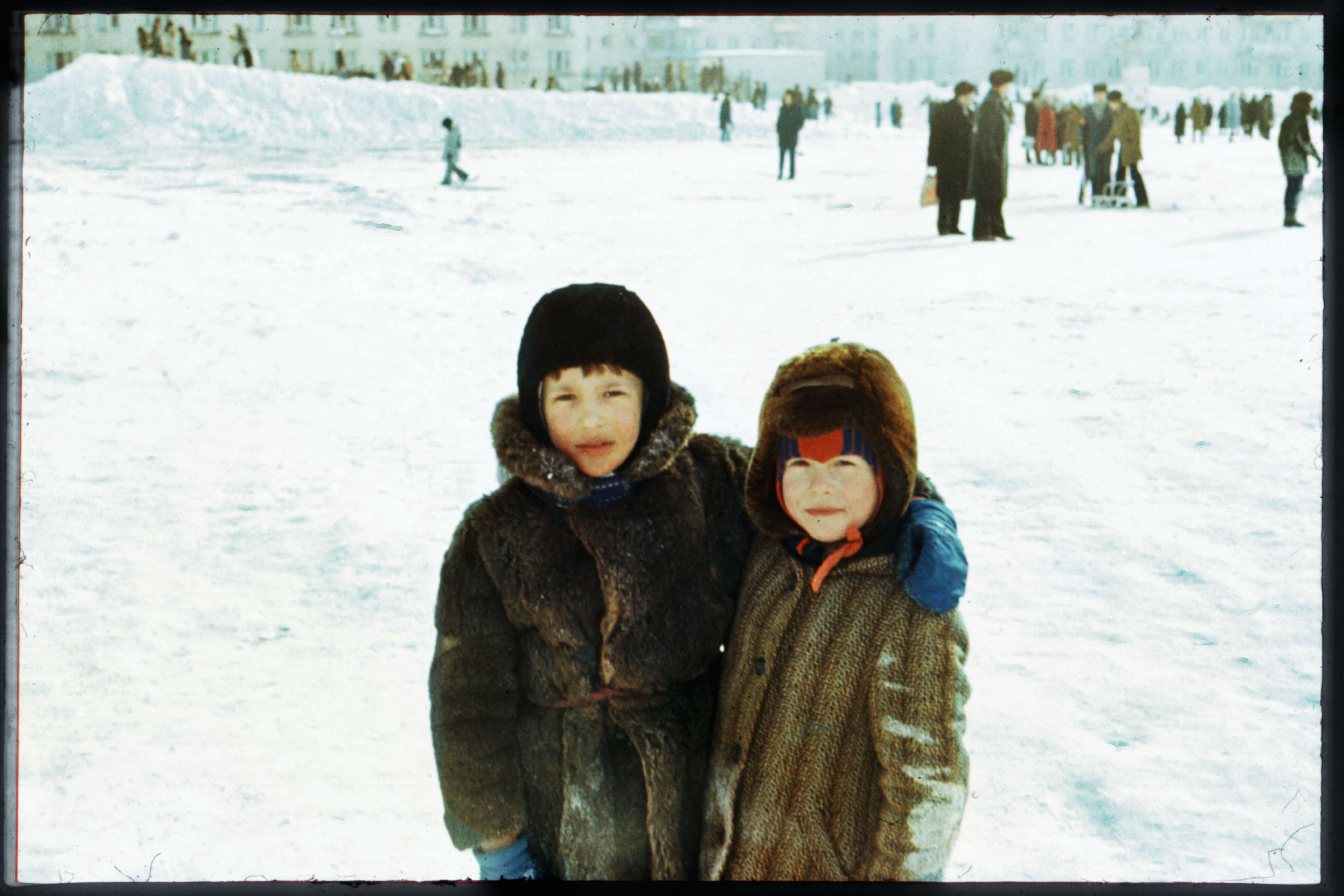
Dubna, 1984
New and best
